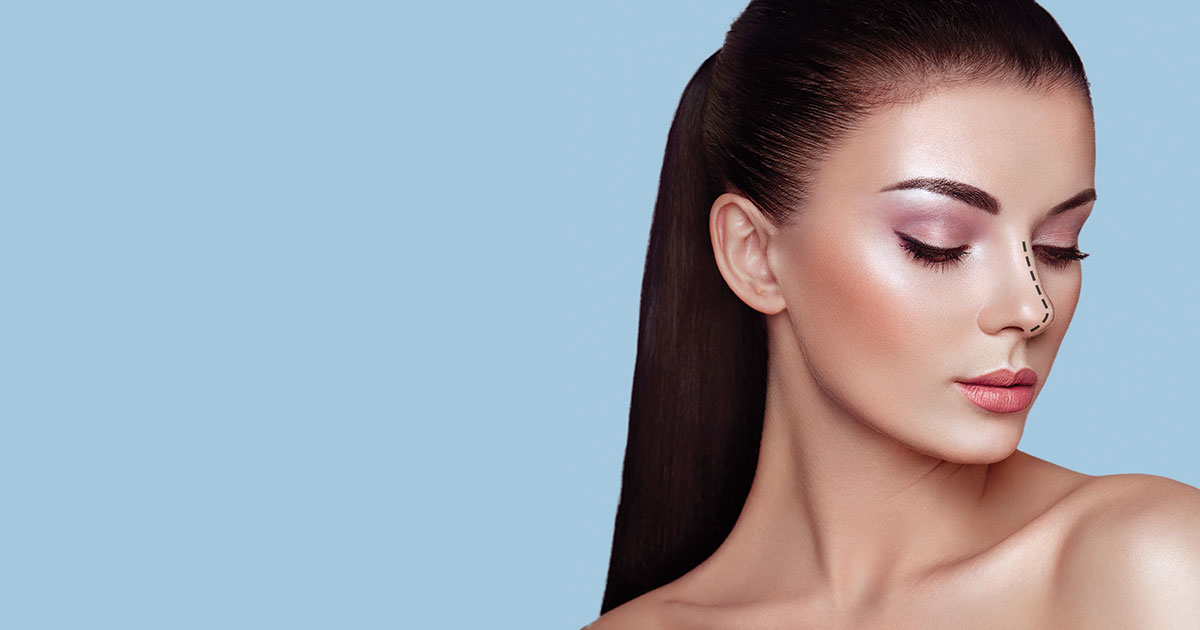
Rhinoplasty, also known as a "nose job", is a cosmetic surgical procedure used to change the shape, size, or proportion of the nose. It is performed to improve the appearance of the nose and to correct any functional nasal issues, such as difficulty breathing. Rhinoplasty is considered one of the most challenging procedures in plastic surgery. This is because the nose is a complex three-dimensional structure with a delicate balance of skin, bone, and cartilage. Slight changes to its shape can greatly impact its appearance and function. Additionally, the nose is highly visible and any changes made to it are immediately noticeable. This makes achieving natural-looking and satisfying results challenging. The procedure also requires a high level of technical skill and artistry, as well as a deep understanding of facial anatomy.
In open rhinoplasty, a small incision is made across the columella, the strip of skin that separates the nostrils, which allows for greater visibility and access to the underlying structures of the nose. It allows great precision while dealing with structures of the nose In closed rhinoplasty, all incisions are made within the nostrils, and the nose is reshaped through these incisions. The choice between open and closed rhinoplasty depends on the specific needs and goals of each patient, and the surgical plan.
Dr Habre is one of the few in Lebanon to use the new technology of Piezosurgery during Rhinoplasty. It allows cutting and rasping of the bone with extreme precision and control, in comparison to the older technique of using a hammer and an osteotome. This creates better control during surgery, and less bruising and swelling after surgery.
Children and teens should wait until their facial growth is complete, around age 16-17 in female patients, and 17-18 in Male patients. Good candidates for a rhinoplasty include healthy individuals with any of the following issues:
Rhinoplasty is considered an outpatient procedure. It is performed under general anesthesia. Patients will very rarely be swollen and bruised around the eyes and nose. In case of bruising, it will stay for up to 7 days.
Nasal packing is typically not used.. After surgery, patients will wear a nose splint for 7 days. Once this splint is removed, the newly shaped nose will be revealed. It can take a few months for the nose to gain its sensation, as well as its final contour and softness.
The cost of rhinoplasty surgery can be affected by a number of factors such as the location of the surgery (Lebanon or UAE: Dubai, Abu Dhabi), complexity, expected duration, the need for cartilage grafts, the need for septoplasty, alar base reduction, etc.
It's important to keep in mind that a consultation is needed in order to give you the exact price of the surgery.
To have more information, you might contact us on +9613113347 (Whatsapp)
It's important to choose a qualified and experienced surgeon, as rhinoplasty is a complex procedure that can greatly impact your appearance and self-confidence.
A simulation is performed before the surgery, during consultation, in order to show the patient the expected result. This will help tremendously in discussing the case and setting the expectations.
The philosophy of Dr Samer Bassilios is to have an individualized treatment of each segment of the nose to give a balanced, natural and refined look without compromising function.
The skin and soft tissues play a crucial role in the success of rhinoplasty surgery because they determine the appearance and contour of the nose. The skin and soft tissues must be carefully considered and managed during the surgical procedure to achieve a natural-looking result. Some of the factors that can impact the skin and soft tissues during rhinoplasty include:
By carefully managing these factors, Dr Samer uses several strategies to achieve a more aesthetically pleasing result: Thinning of the skin using Accutane and skin treatments, steroids injection, specific surgical techniques to stretch the skin in order to improve the definition of the tip.
serviceid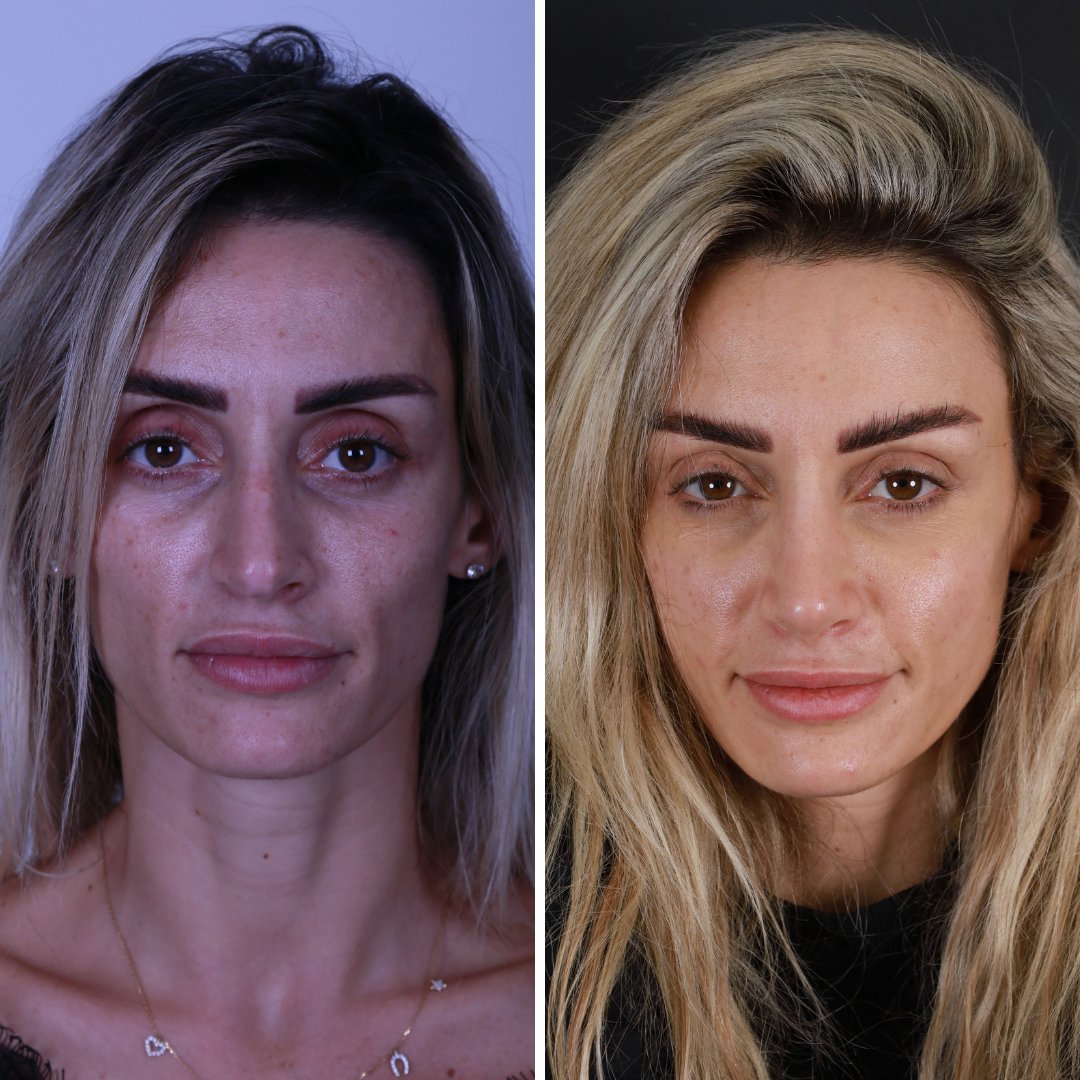
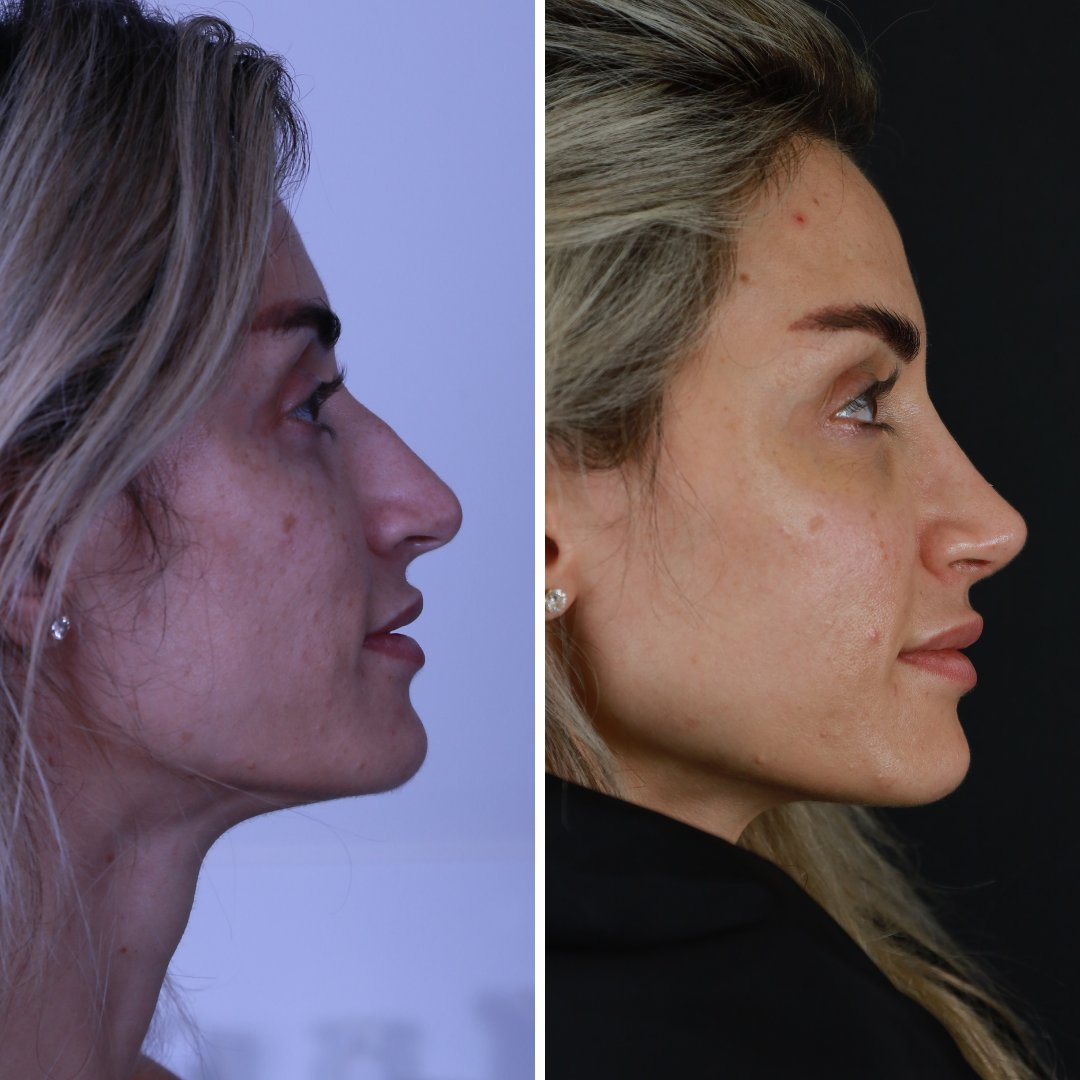
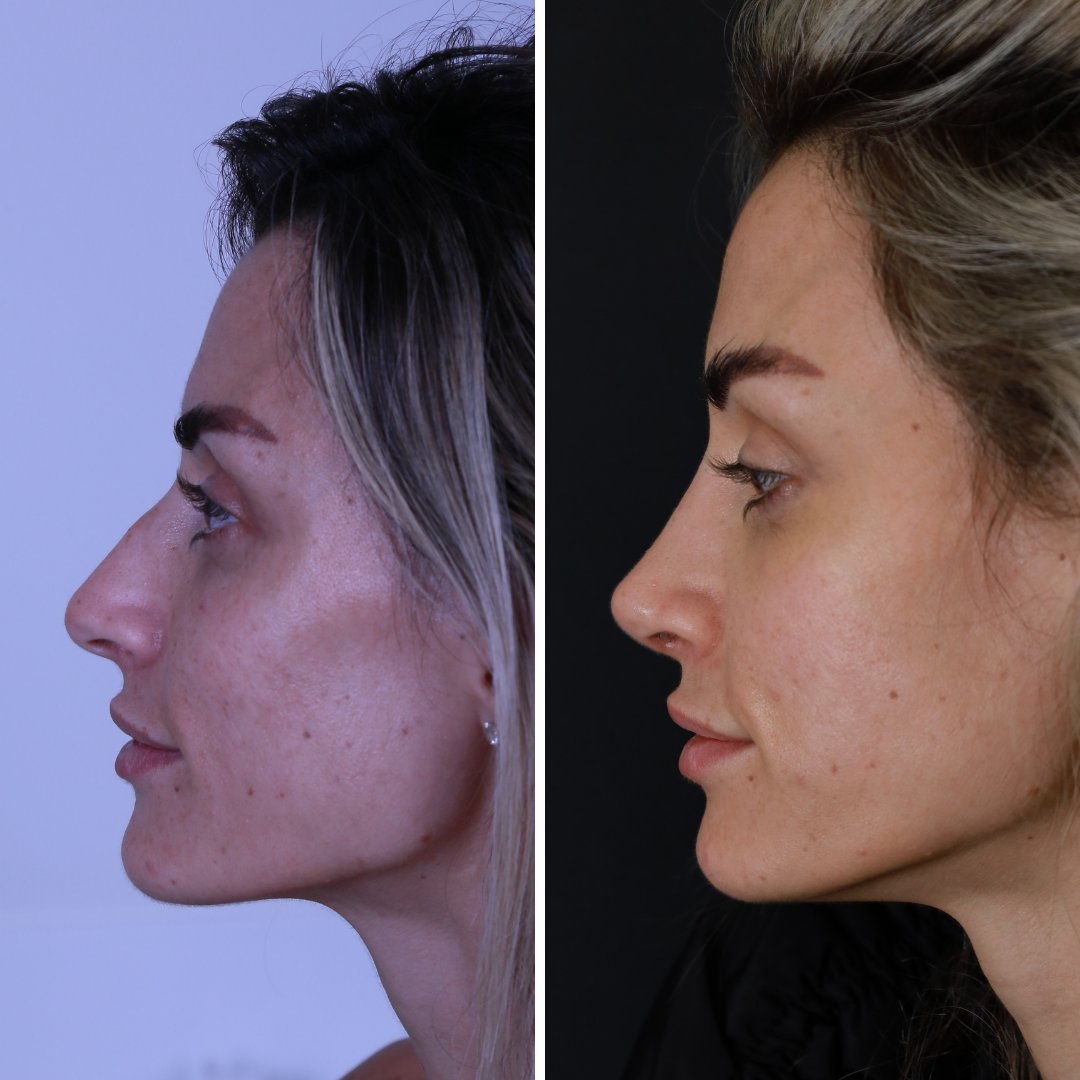
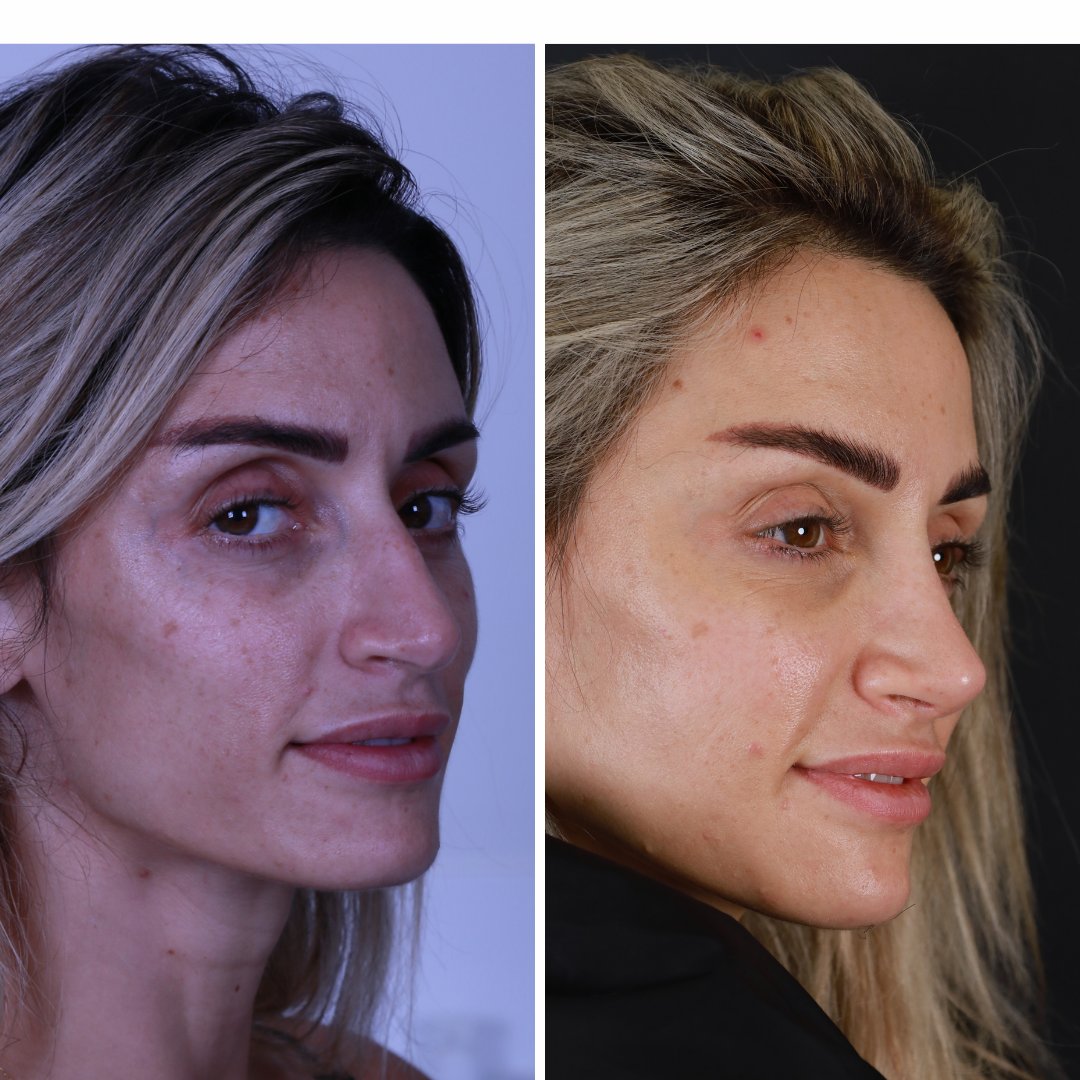
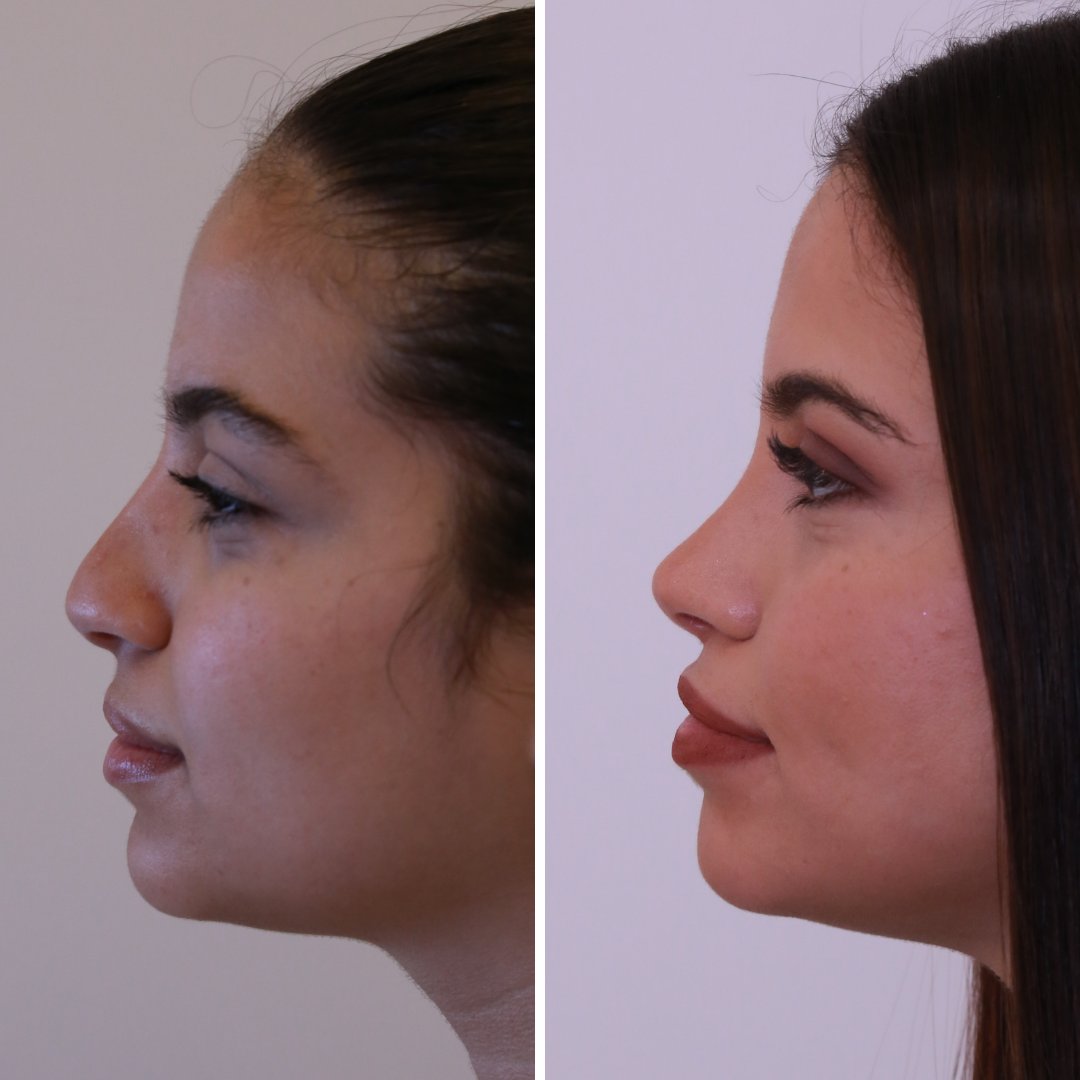
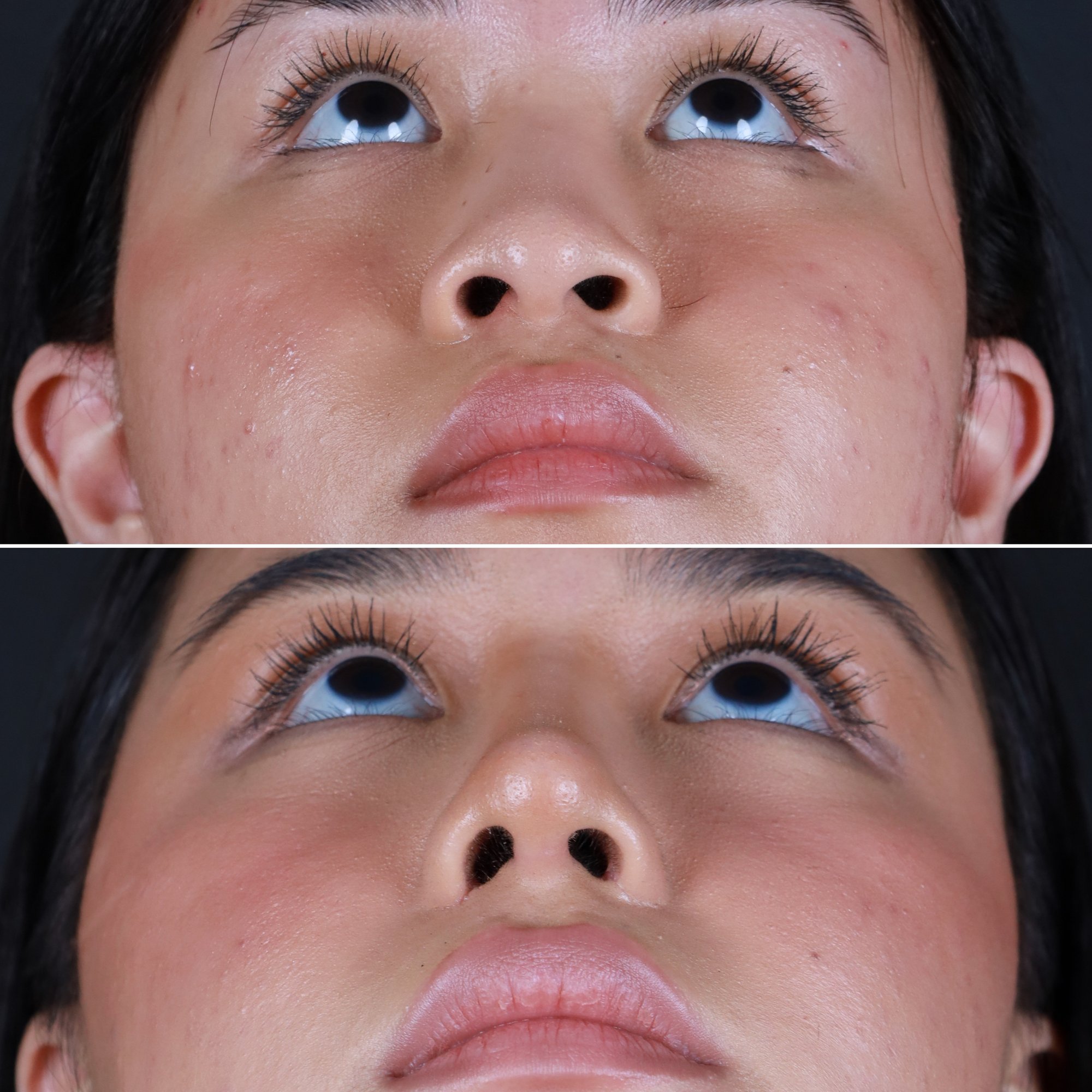
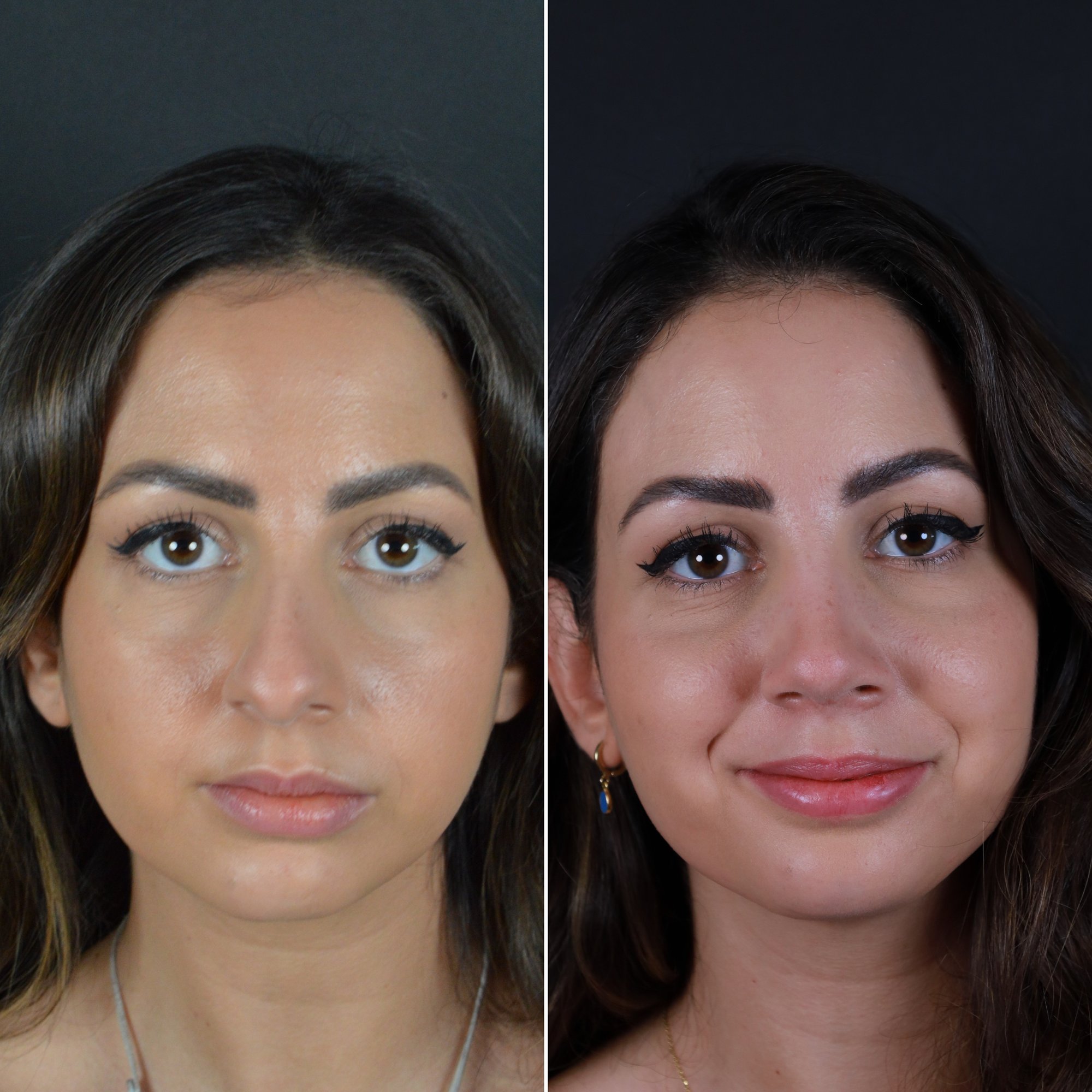
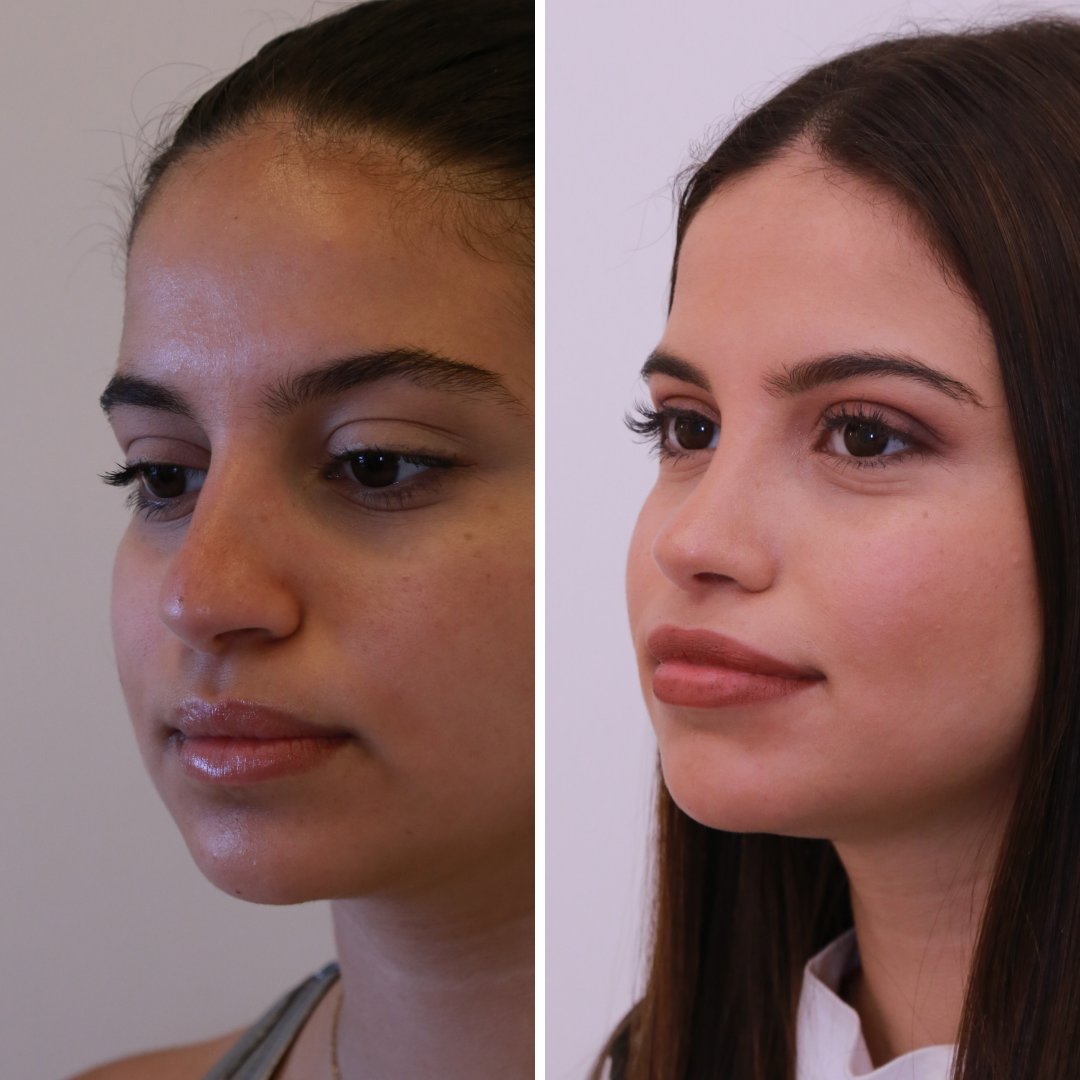
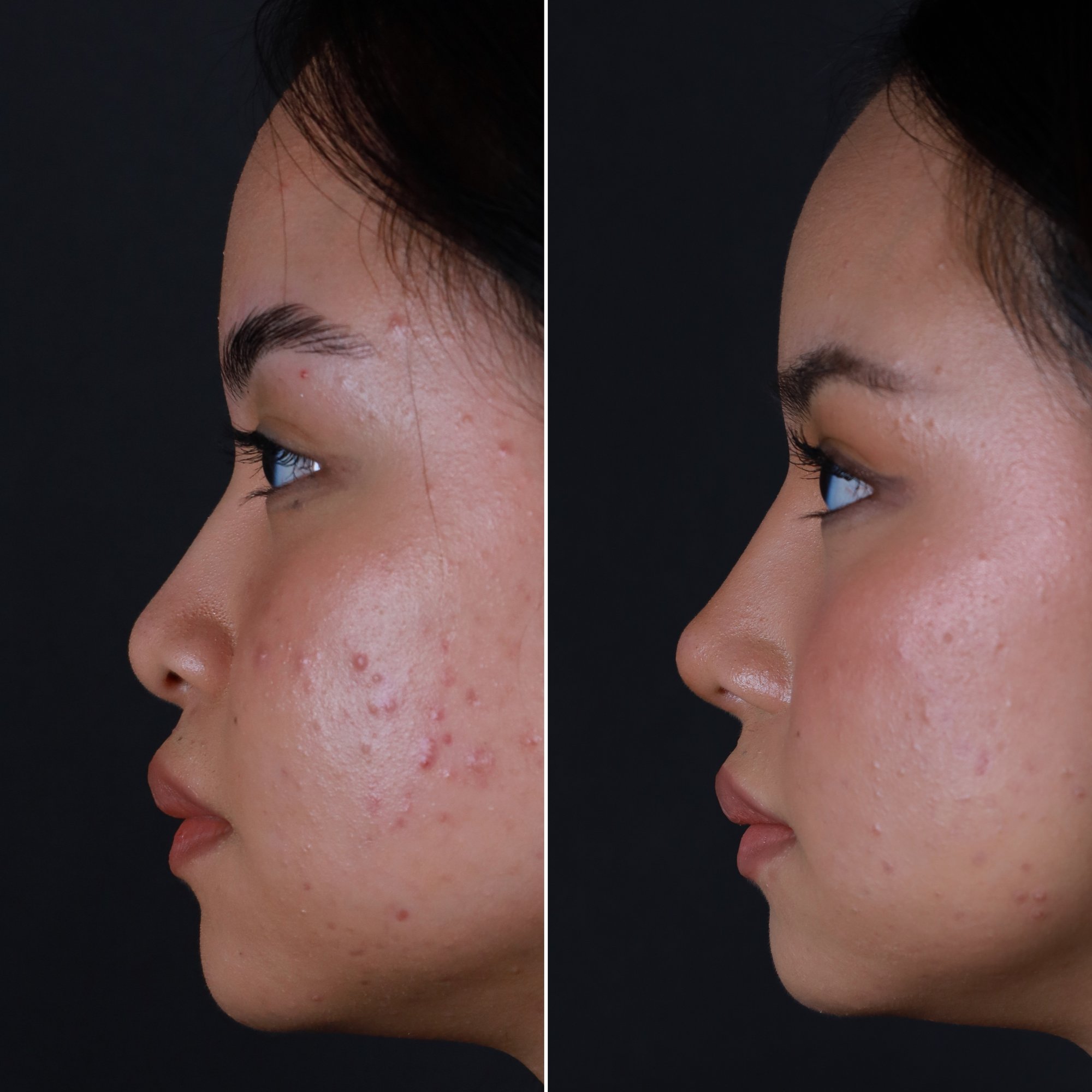
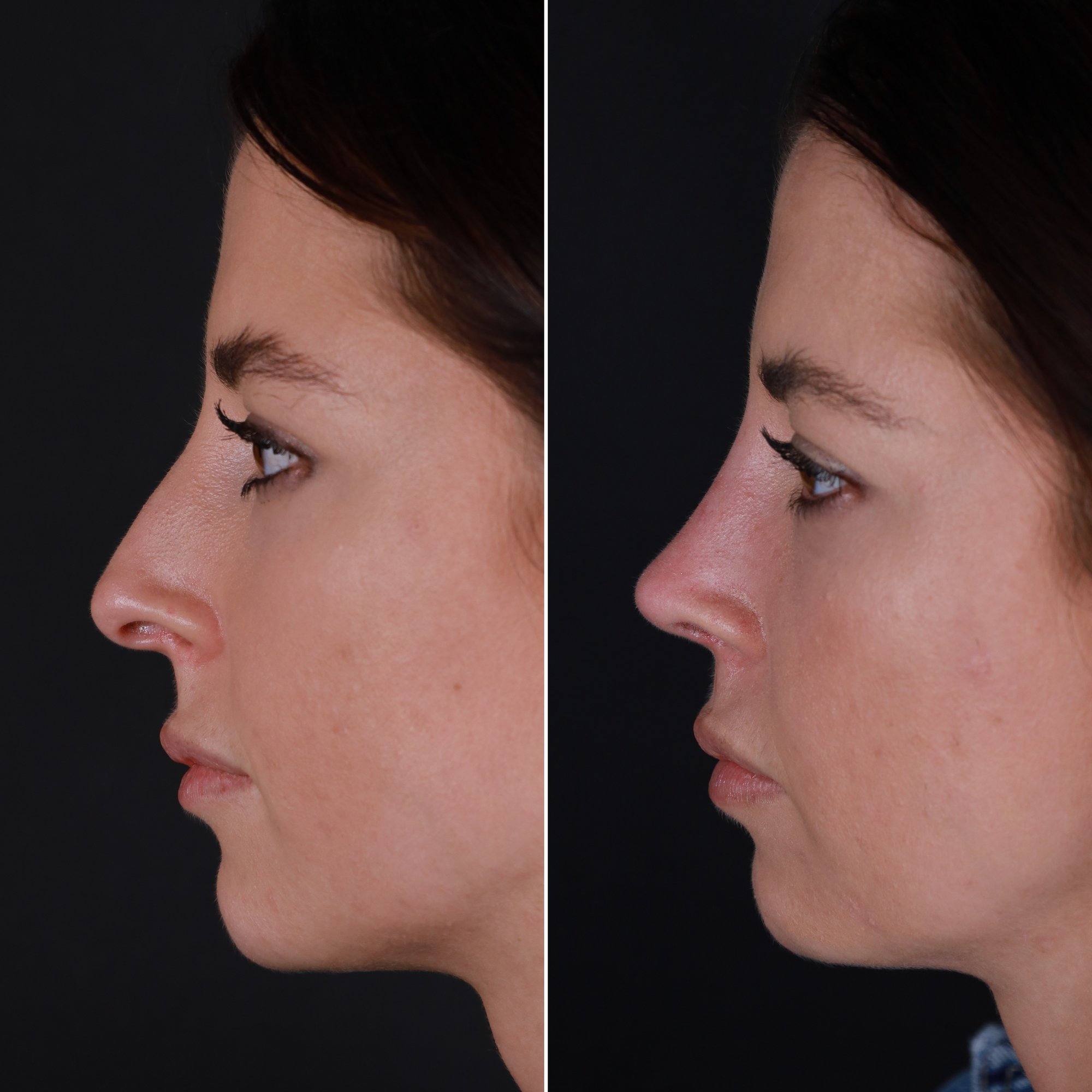
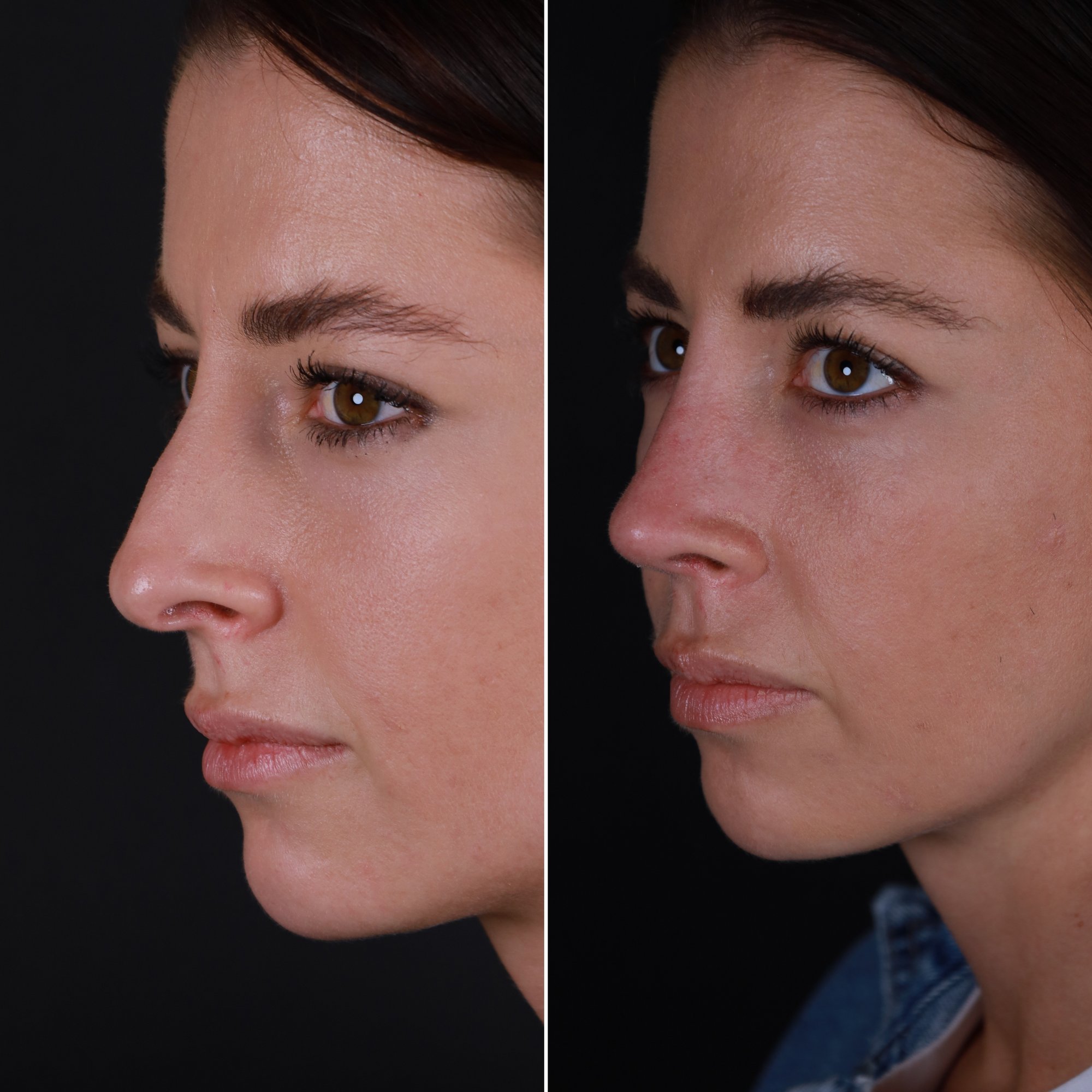
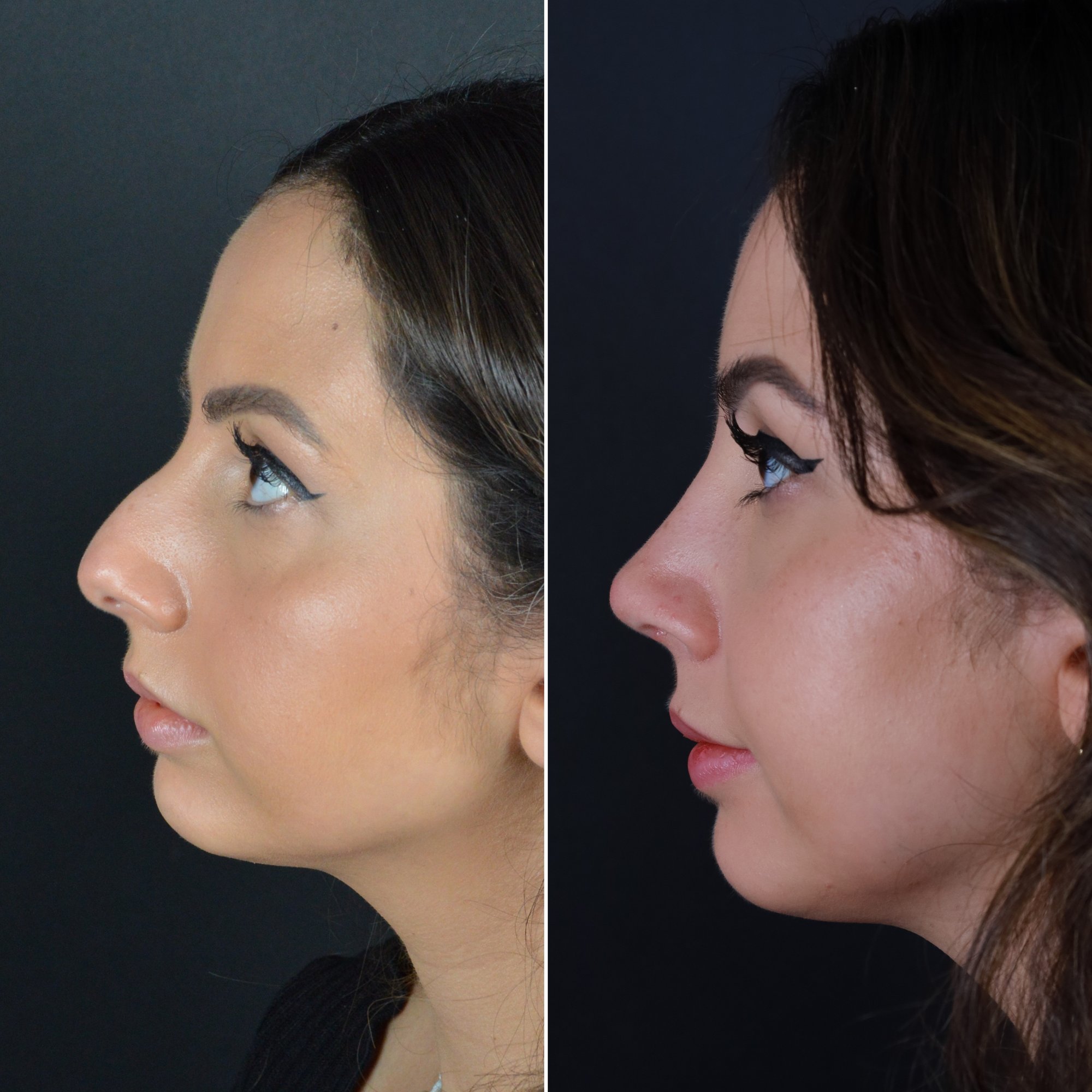
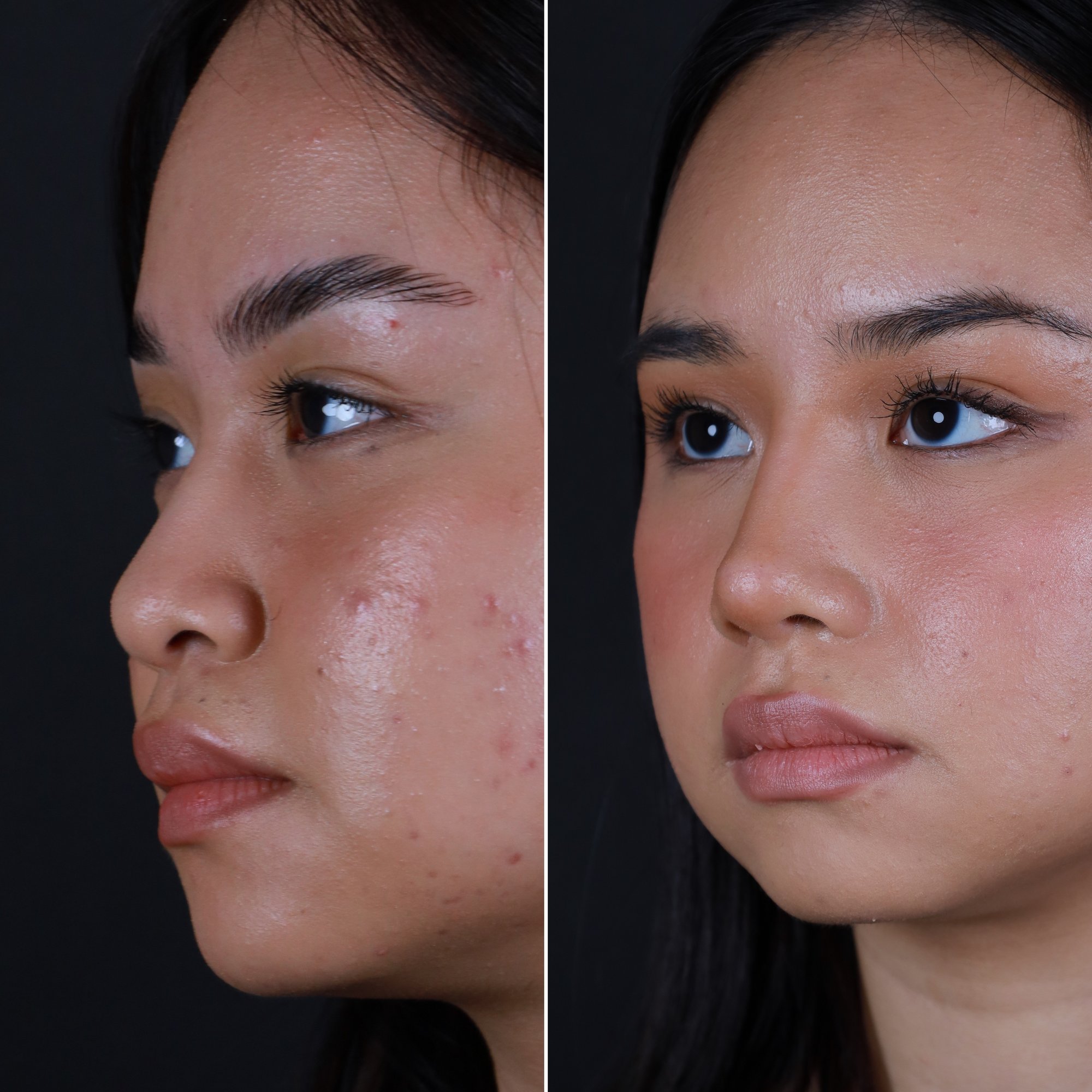
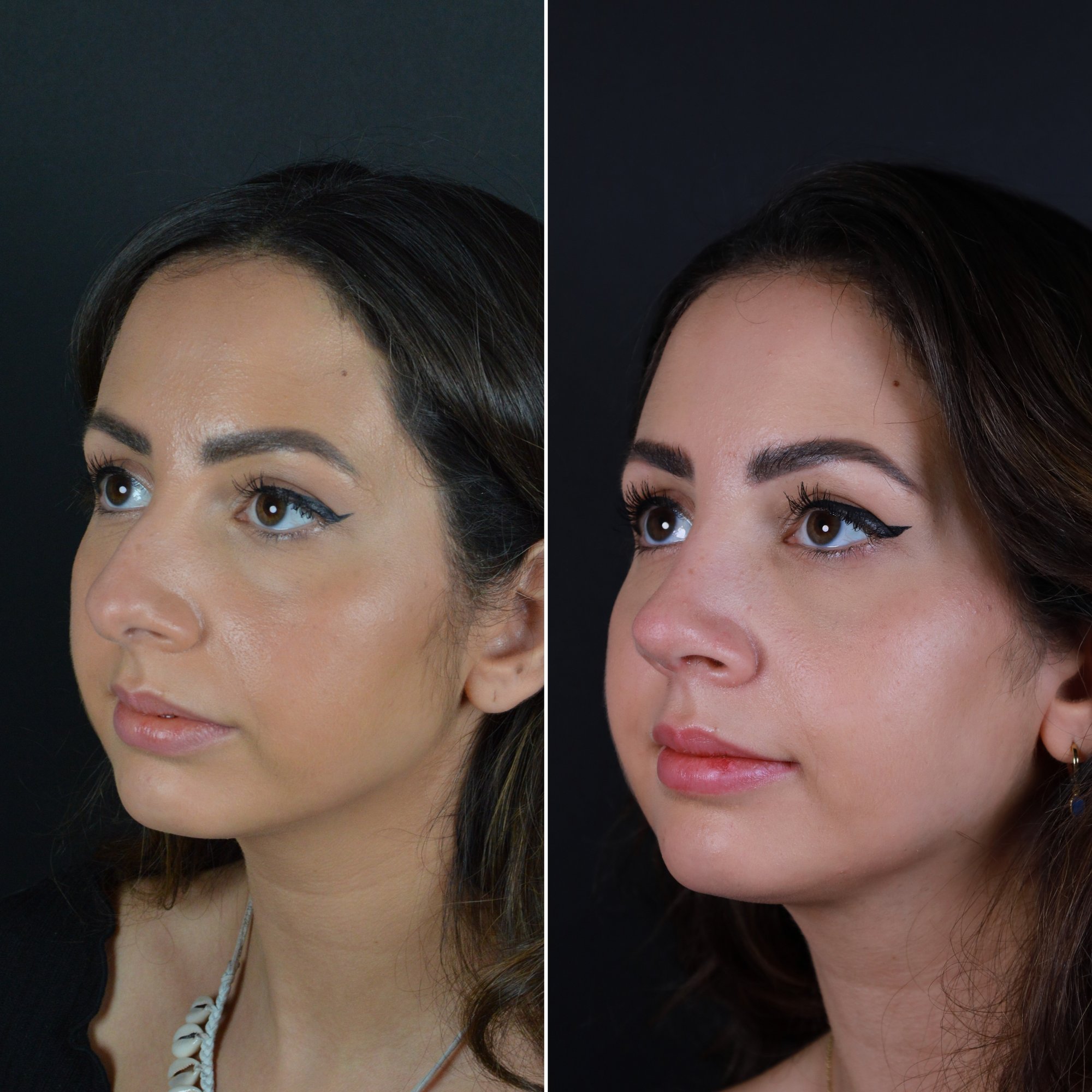
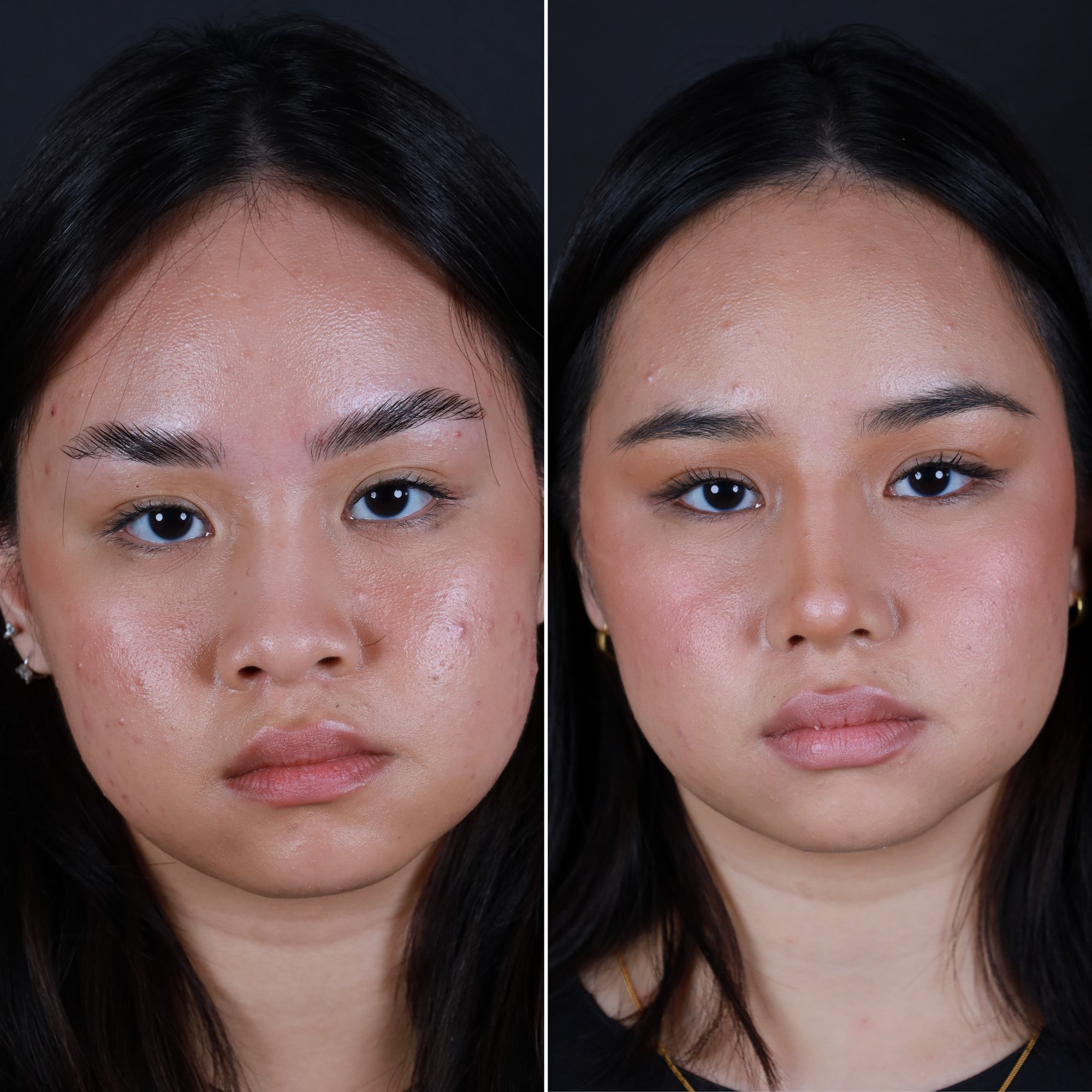
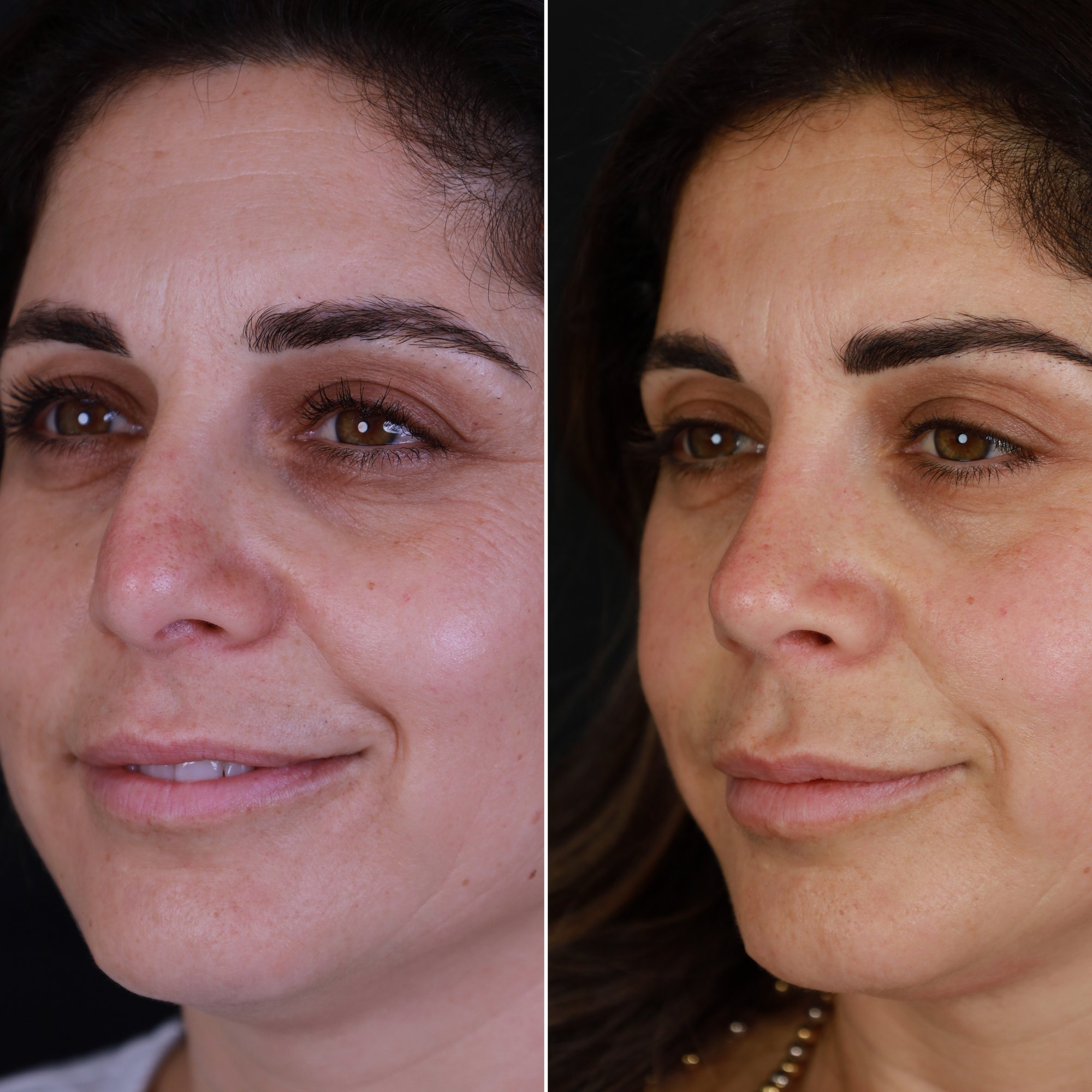
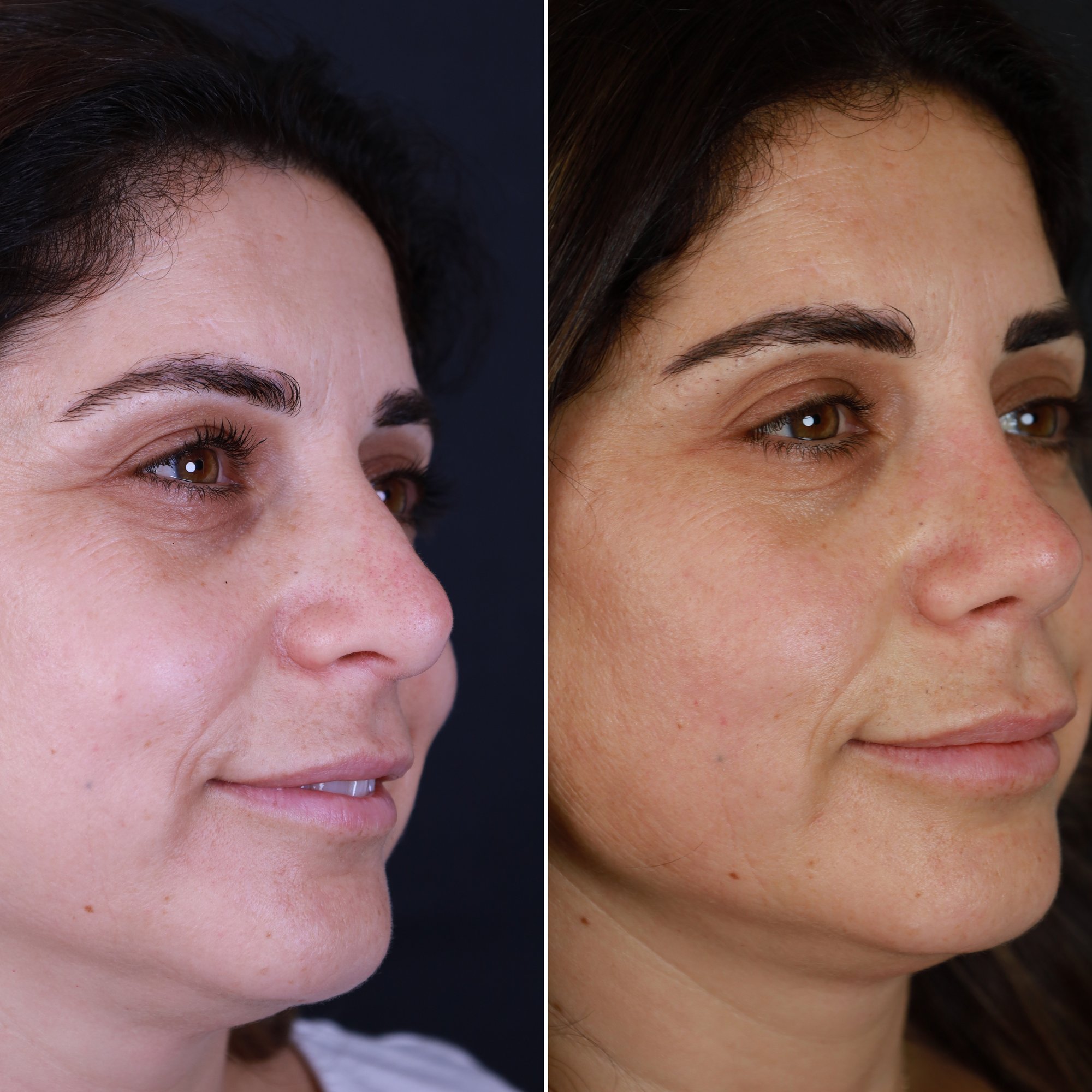
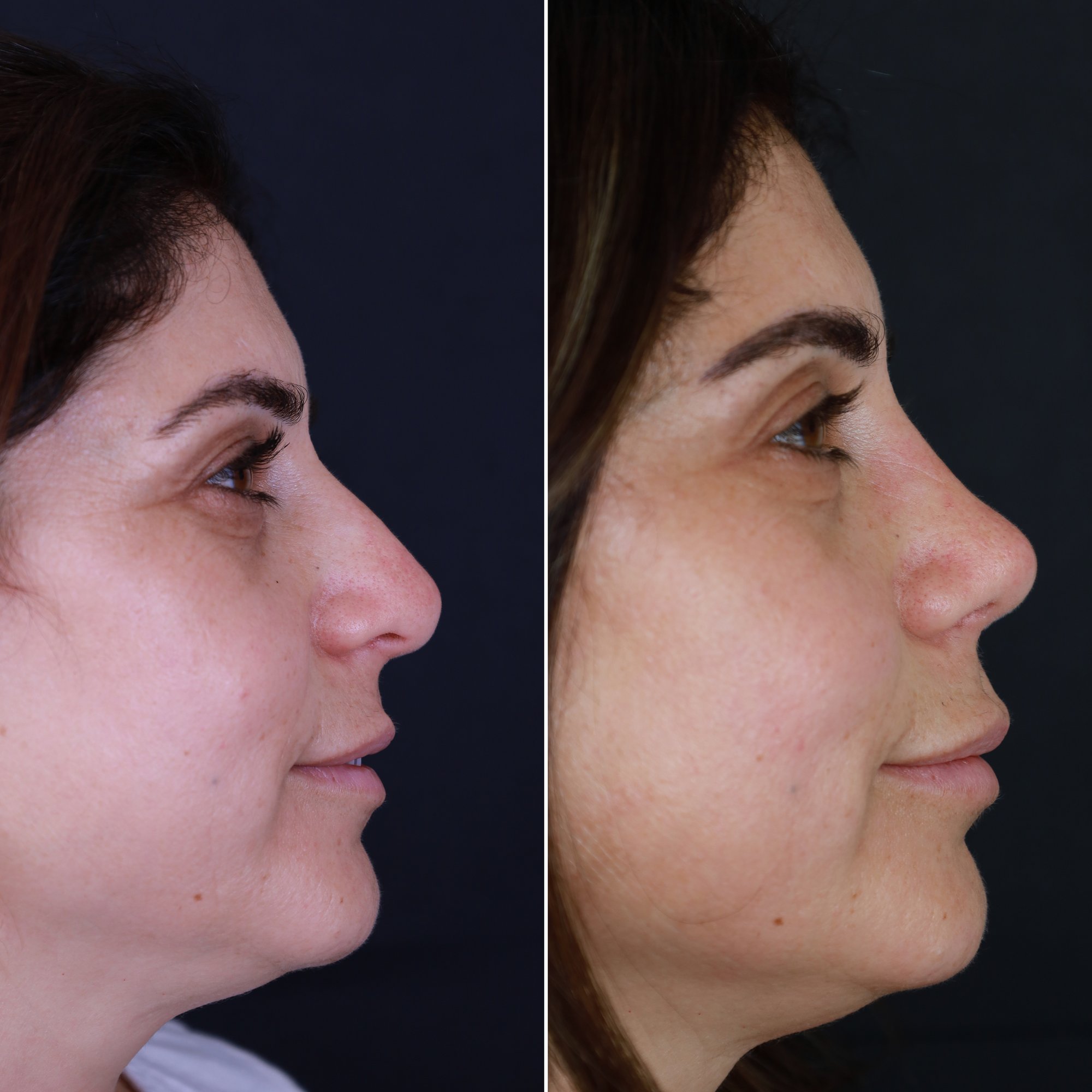
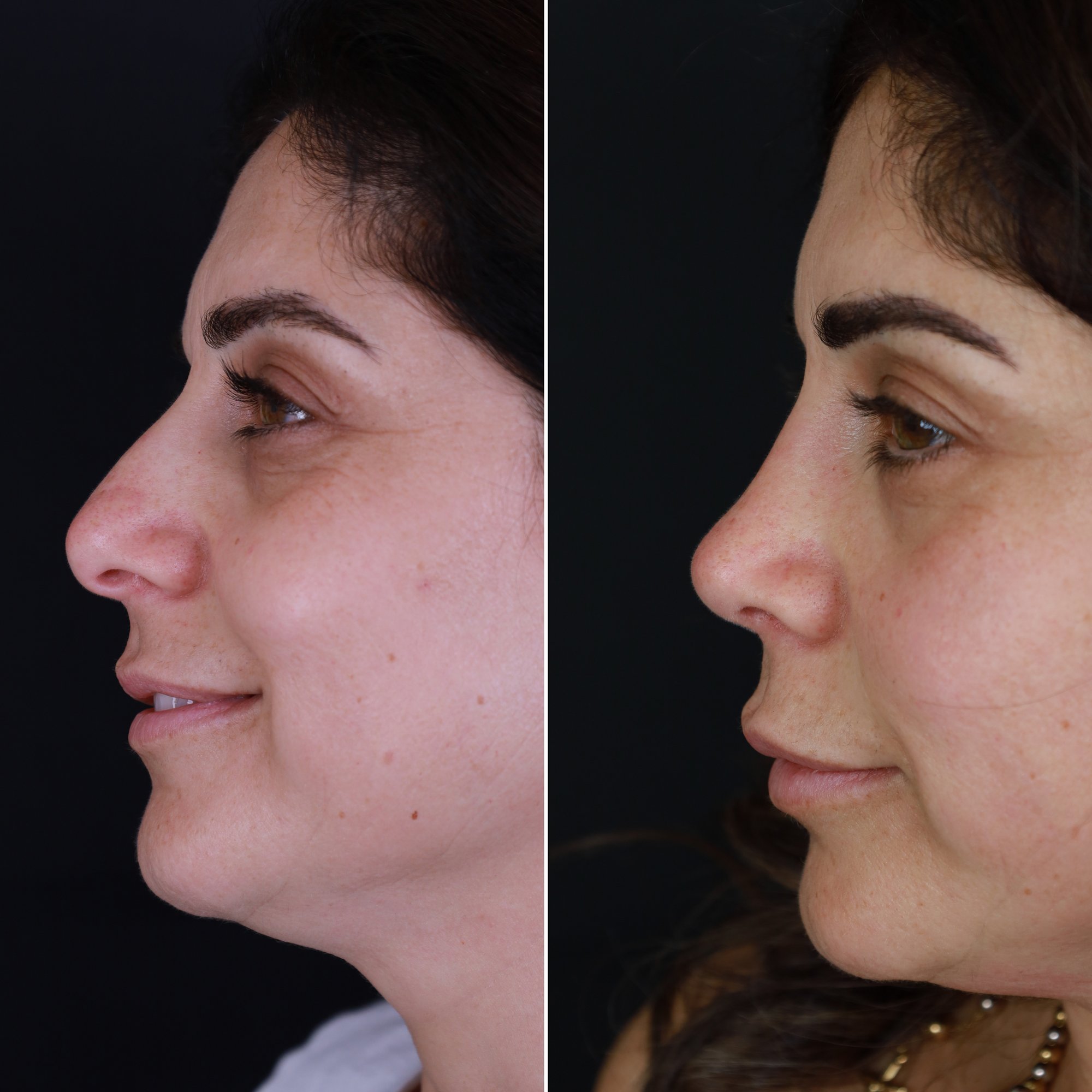
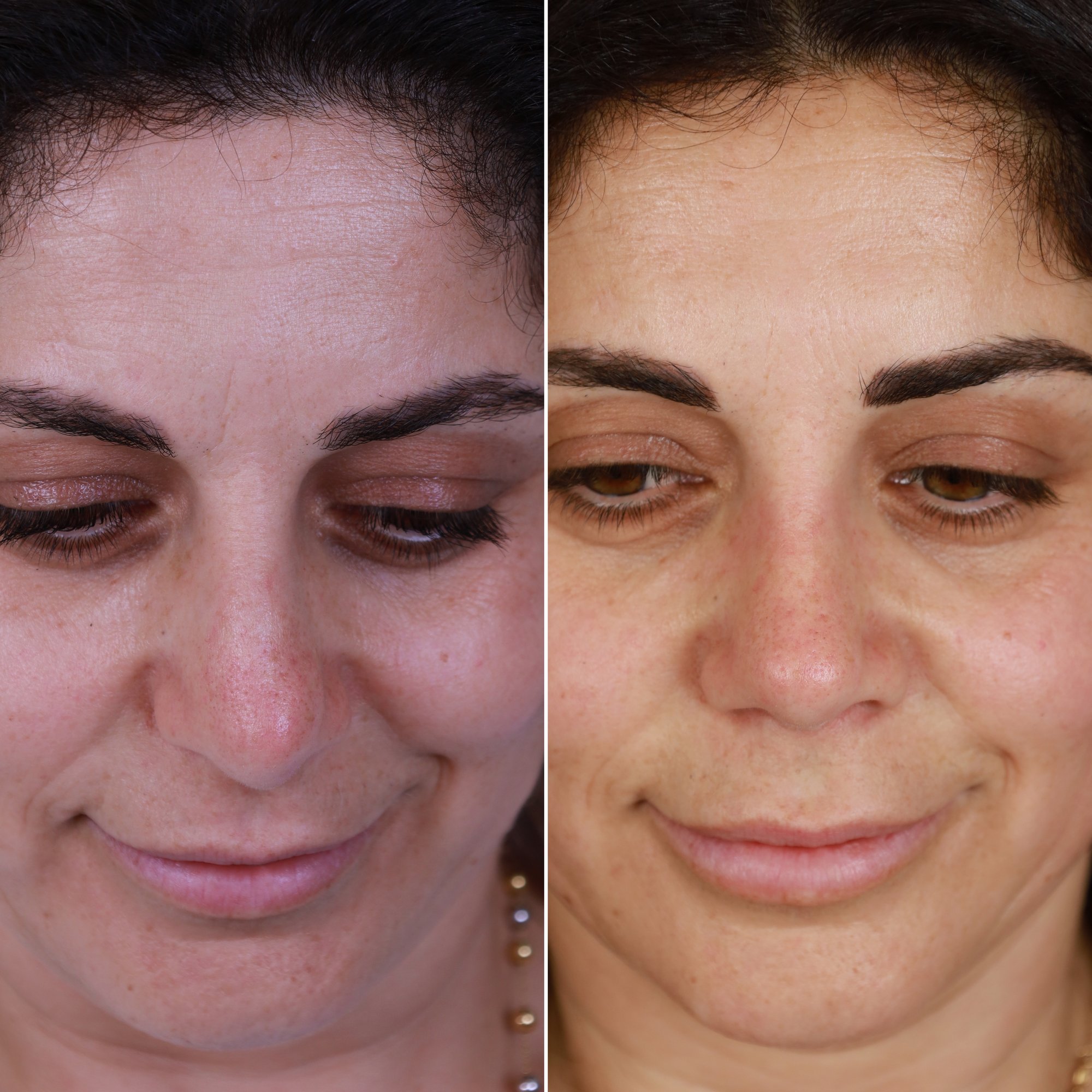
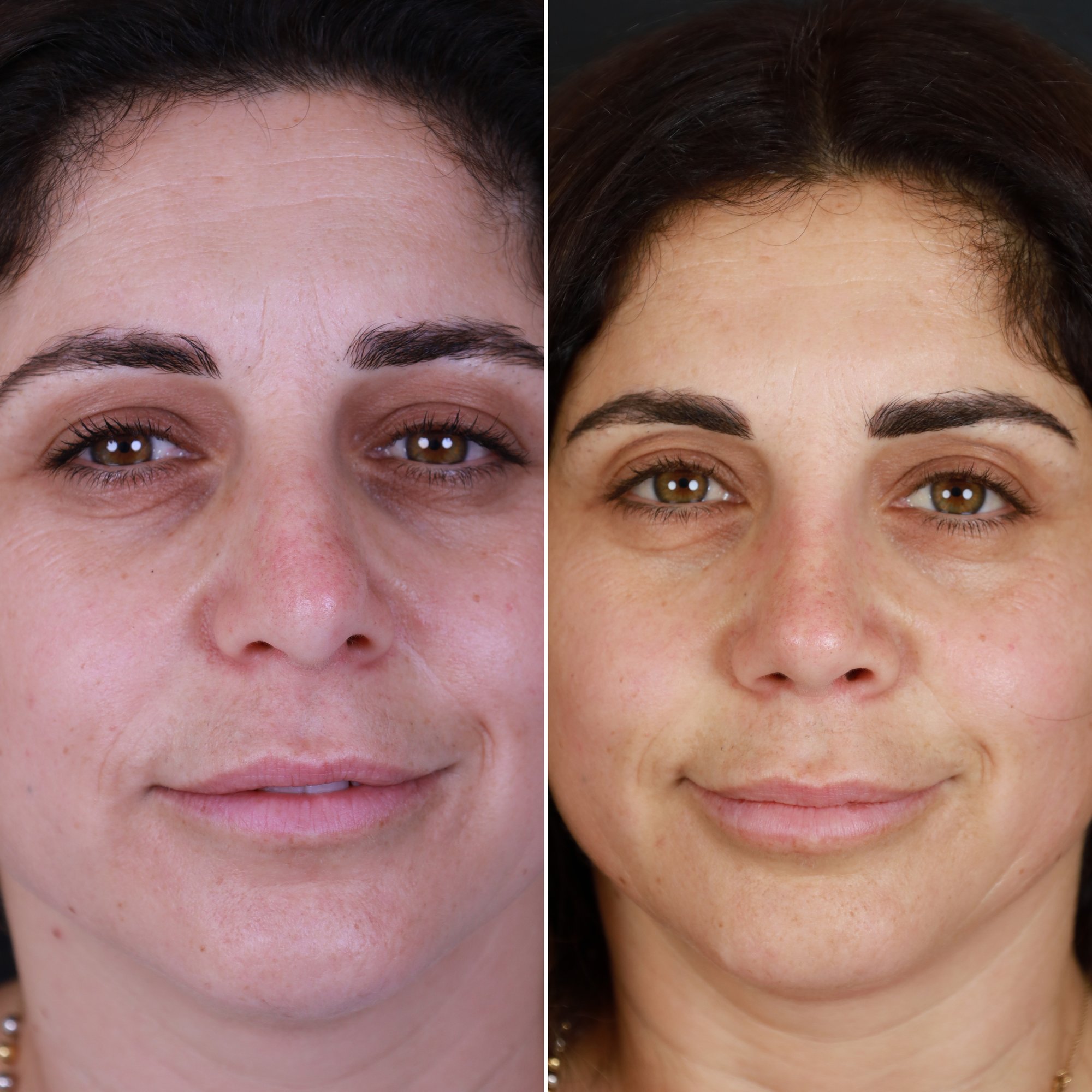
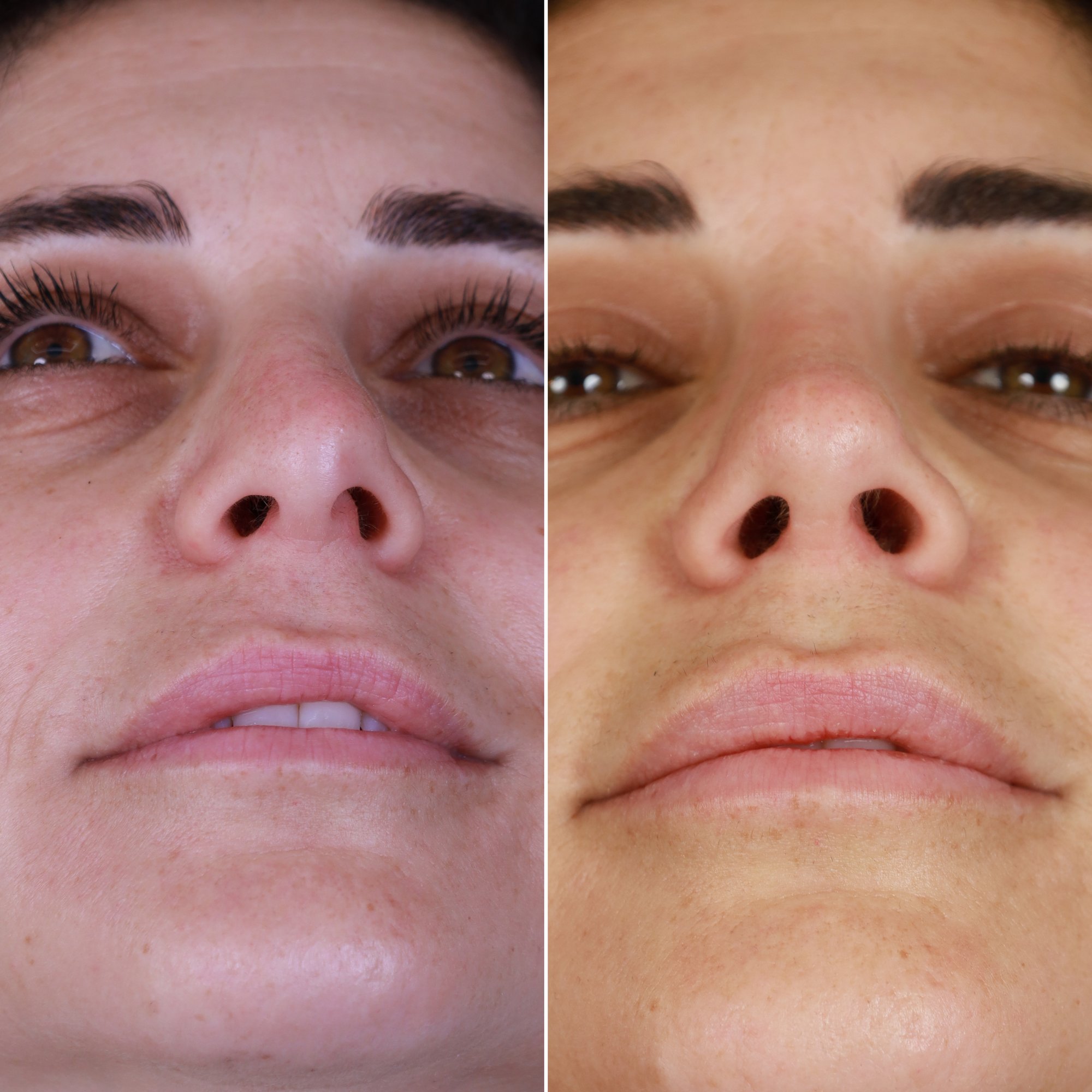
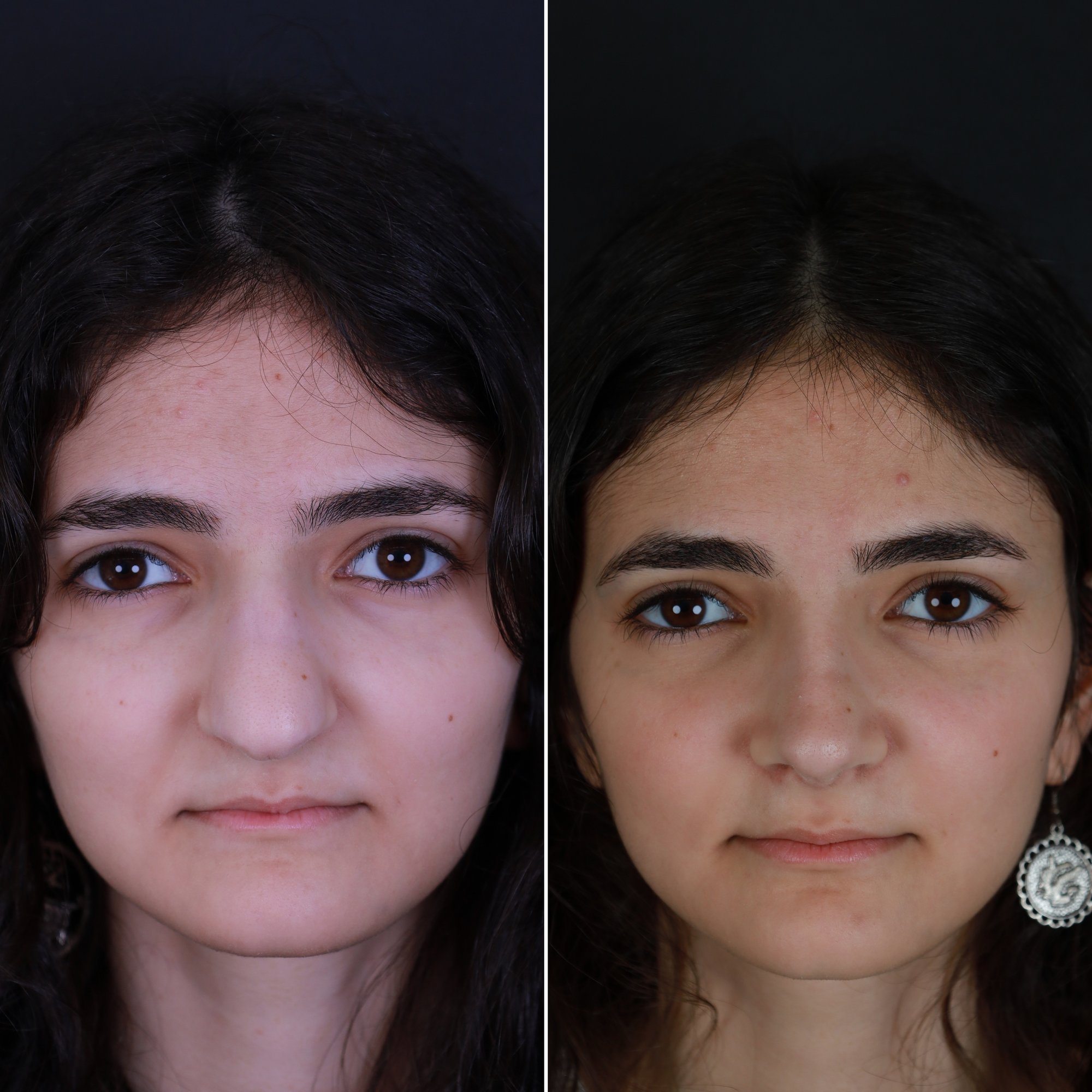
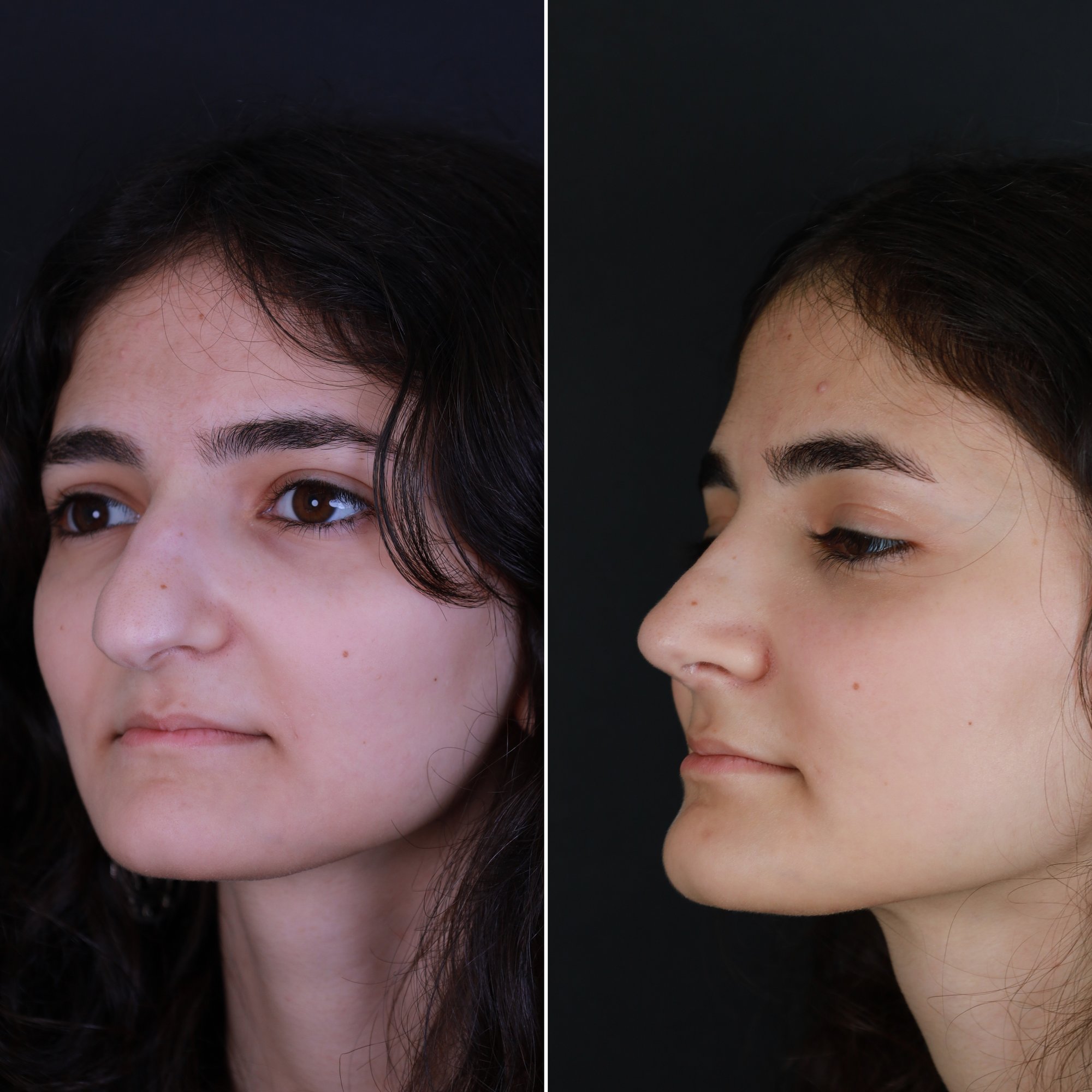
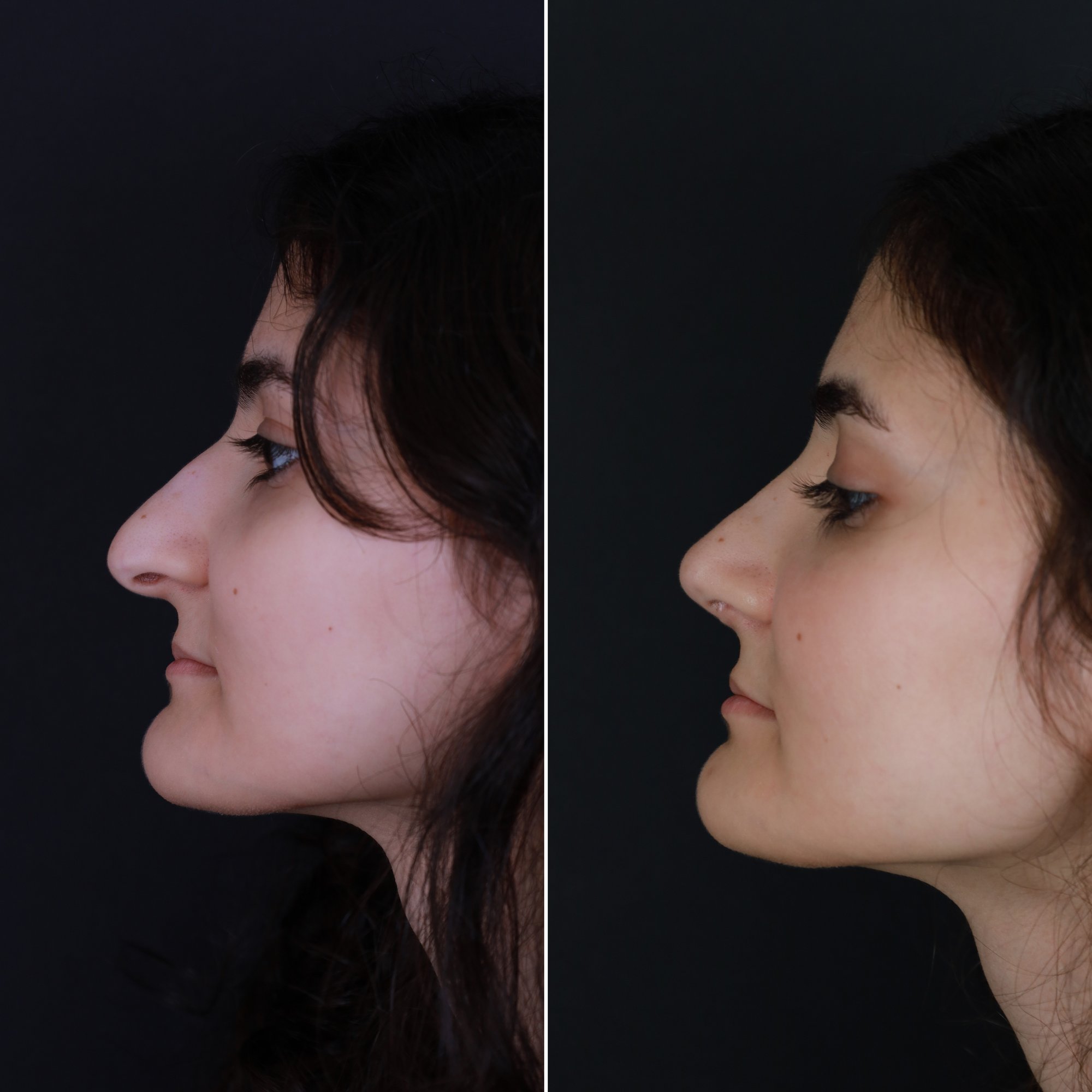
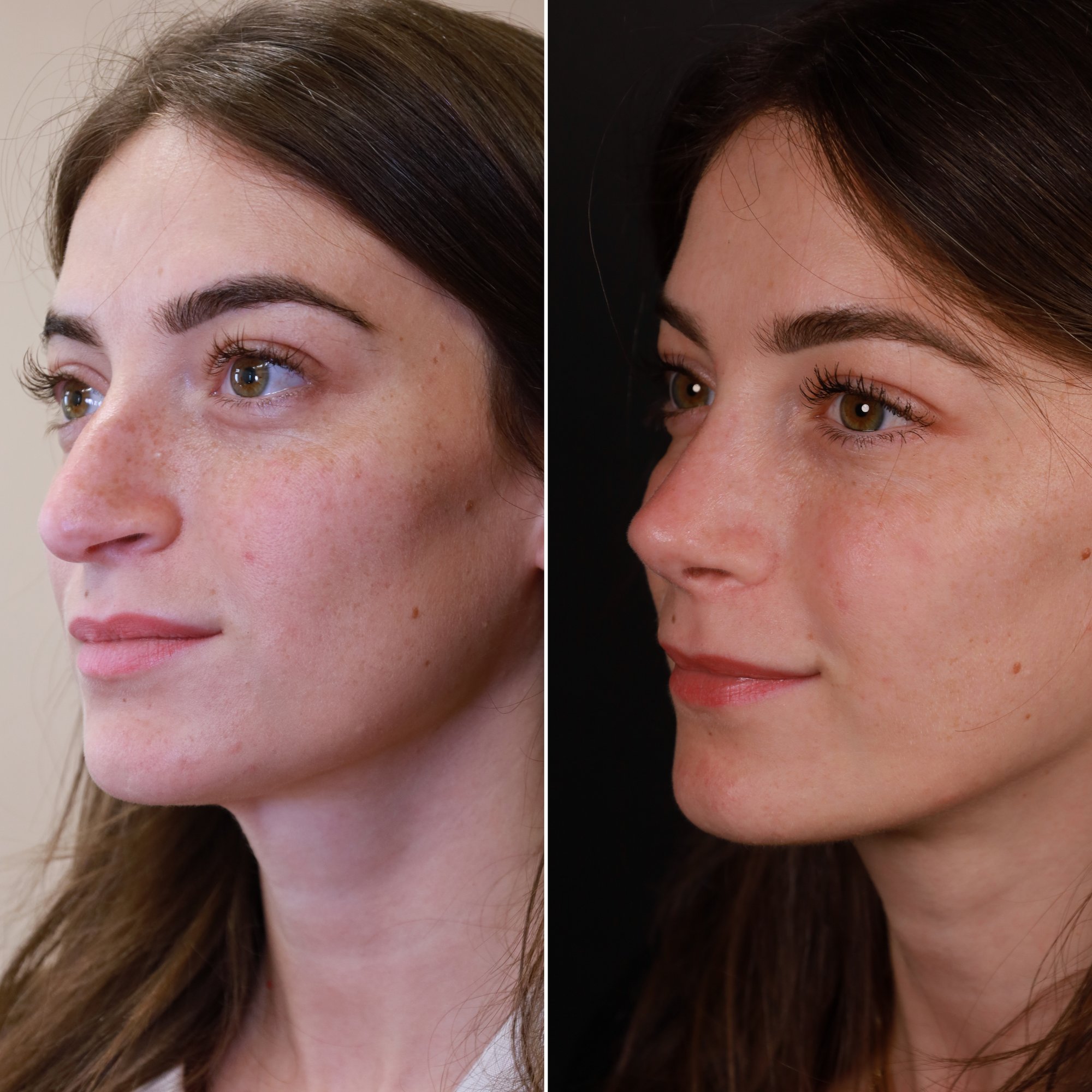
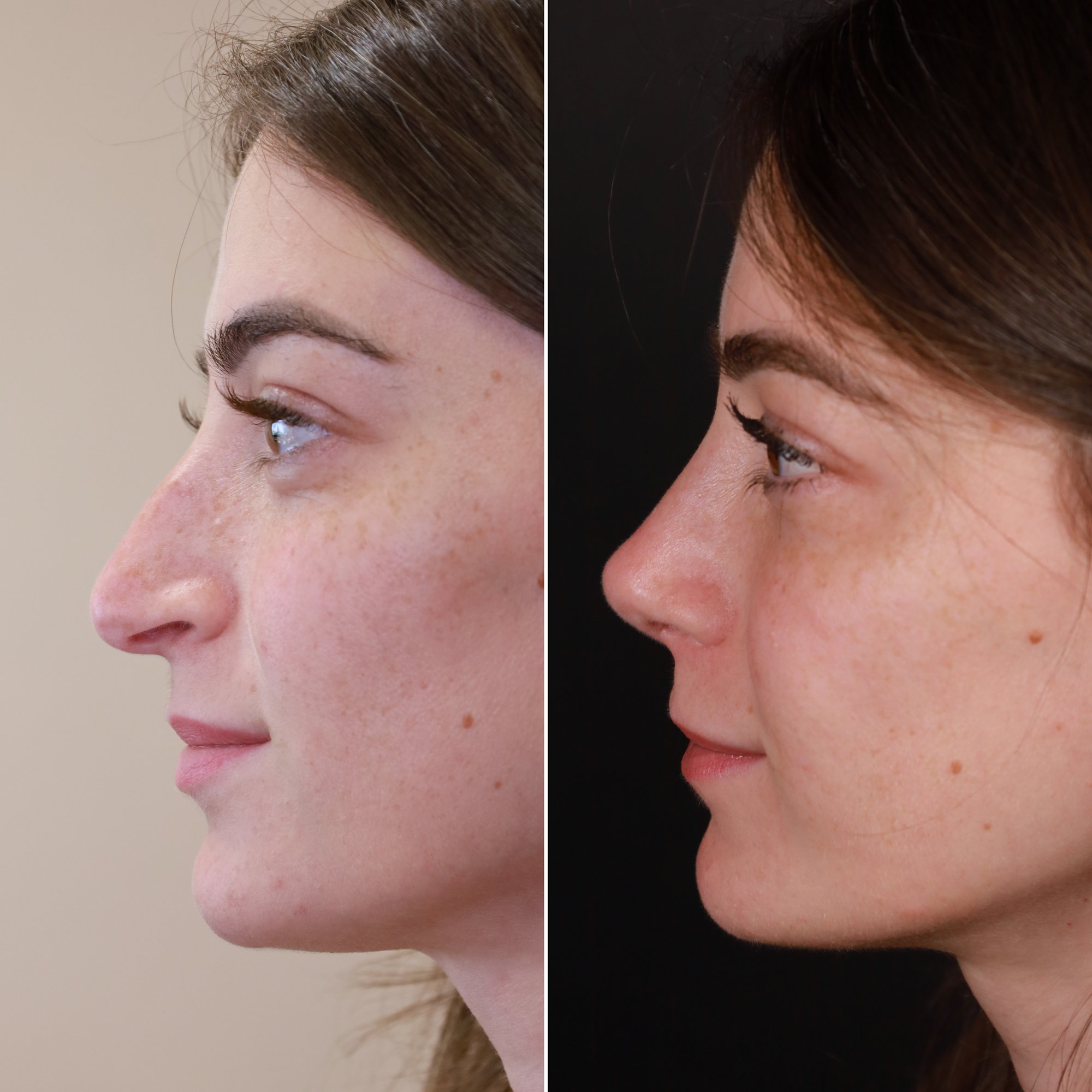
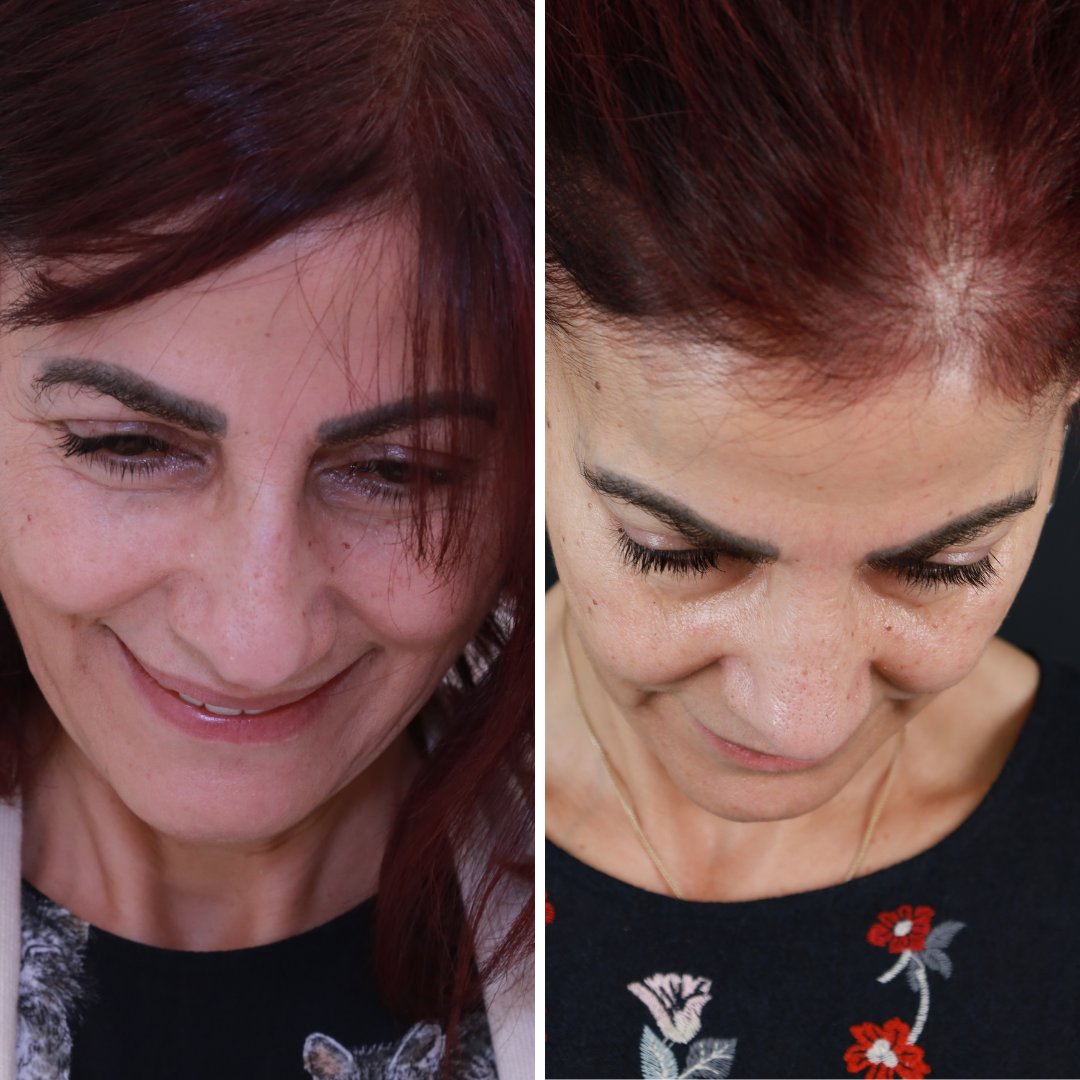
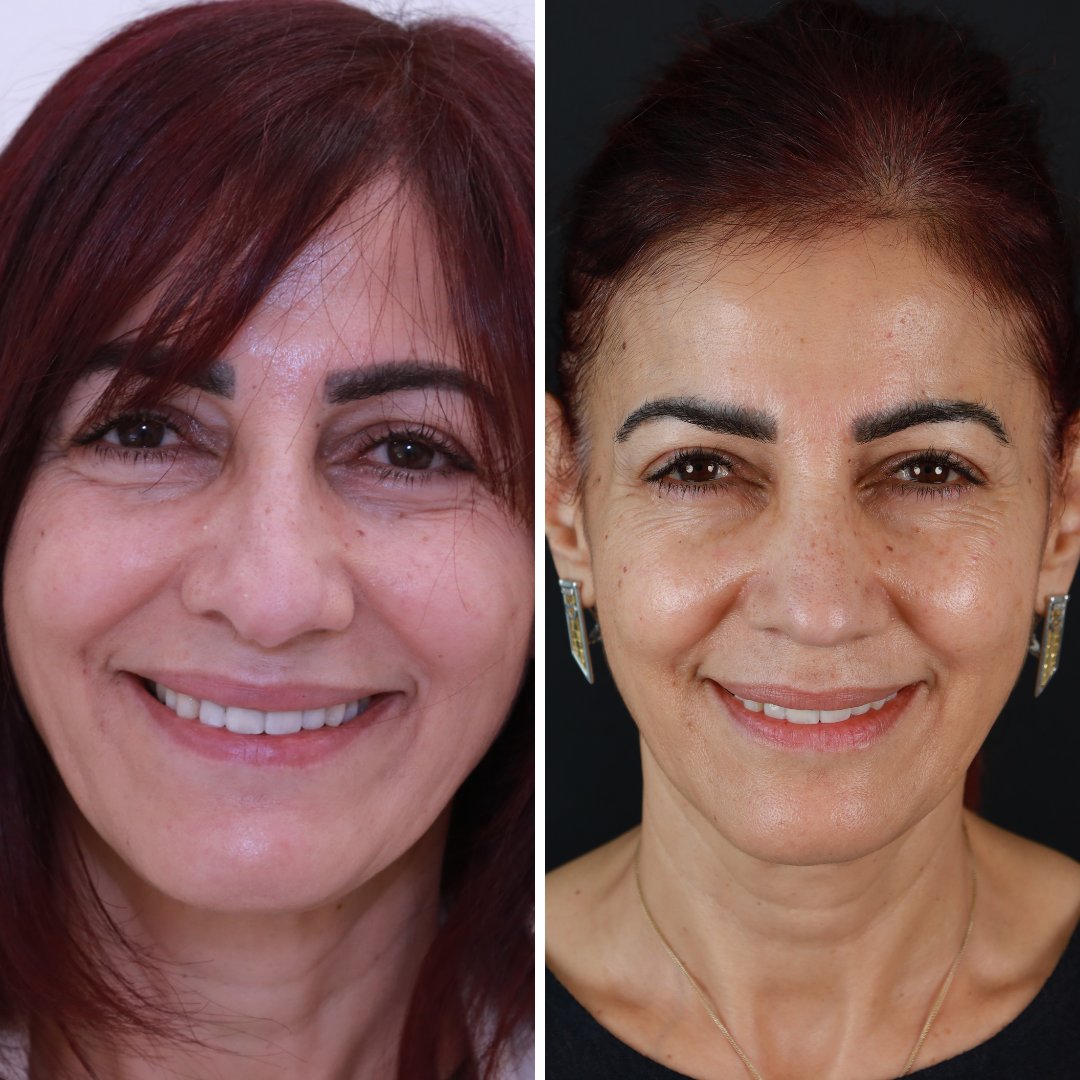
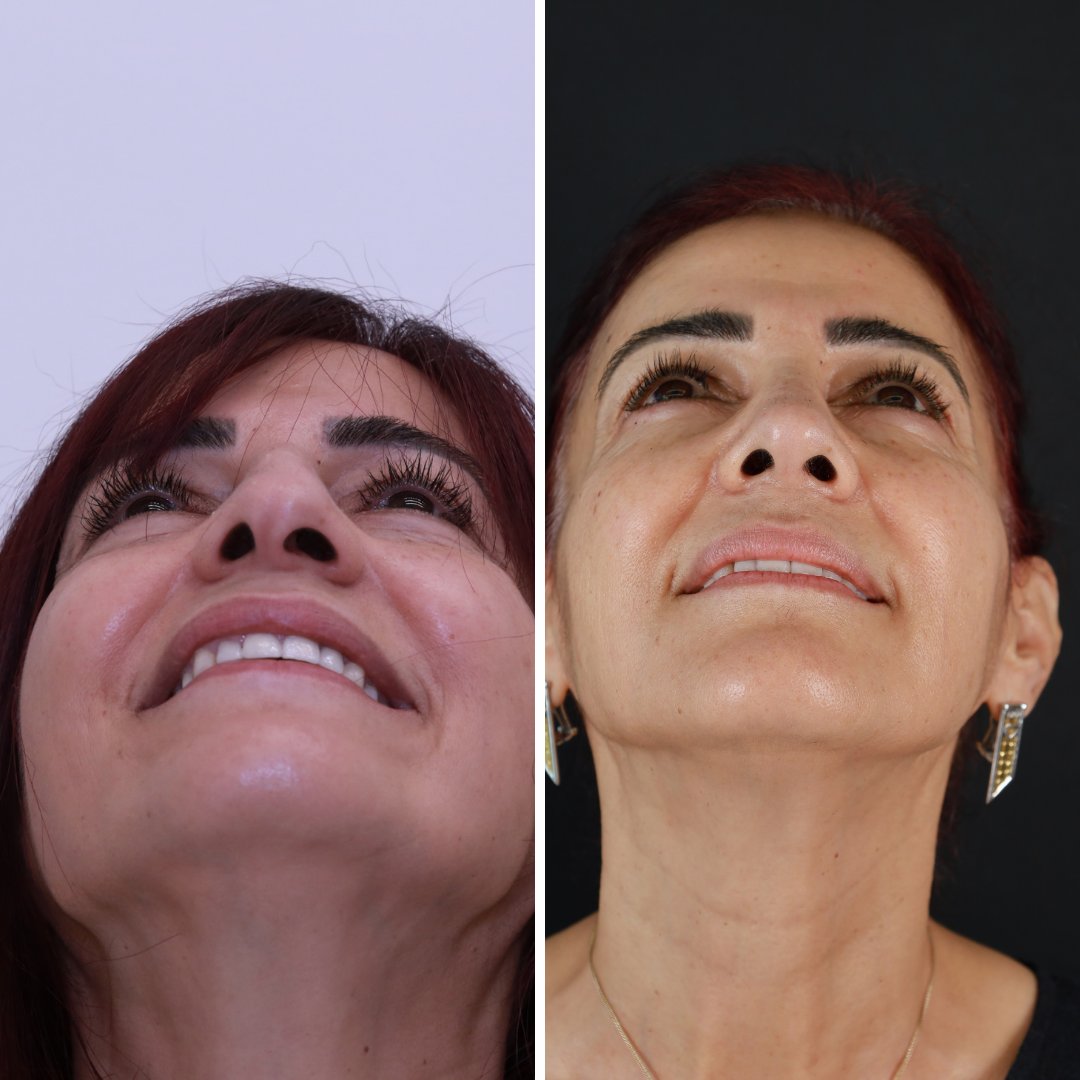
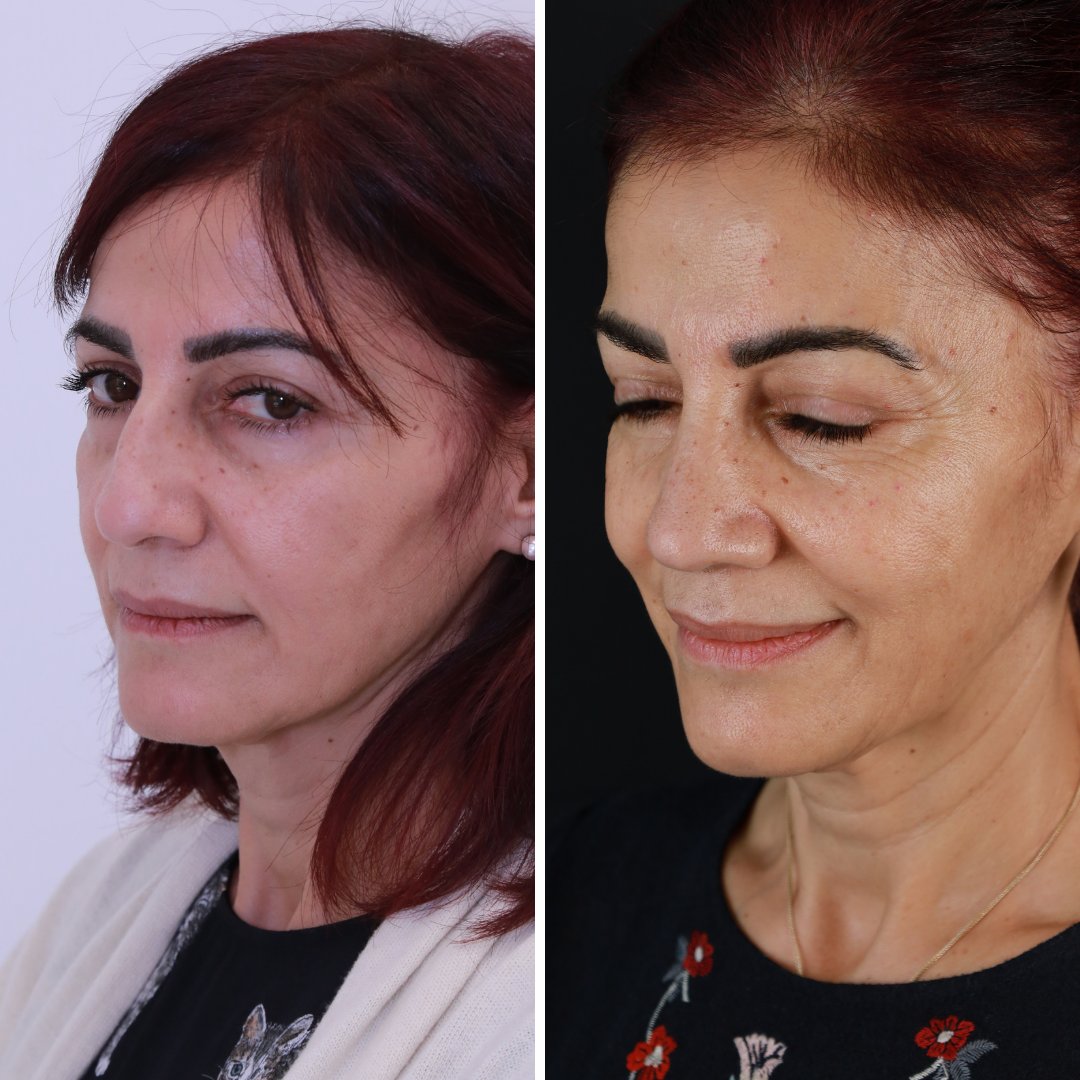
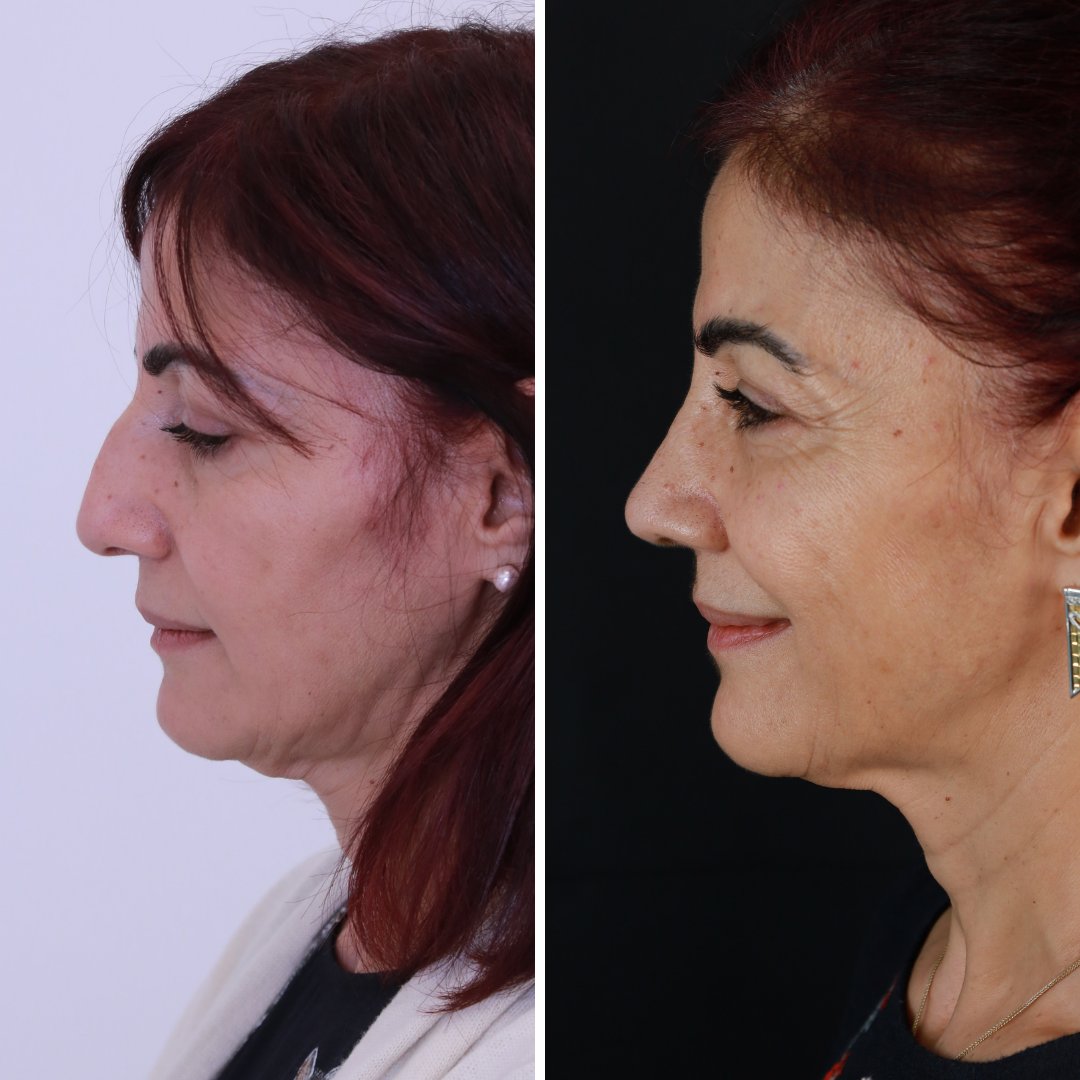
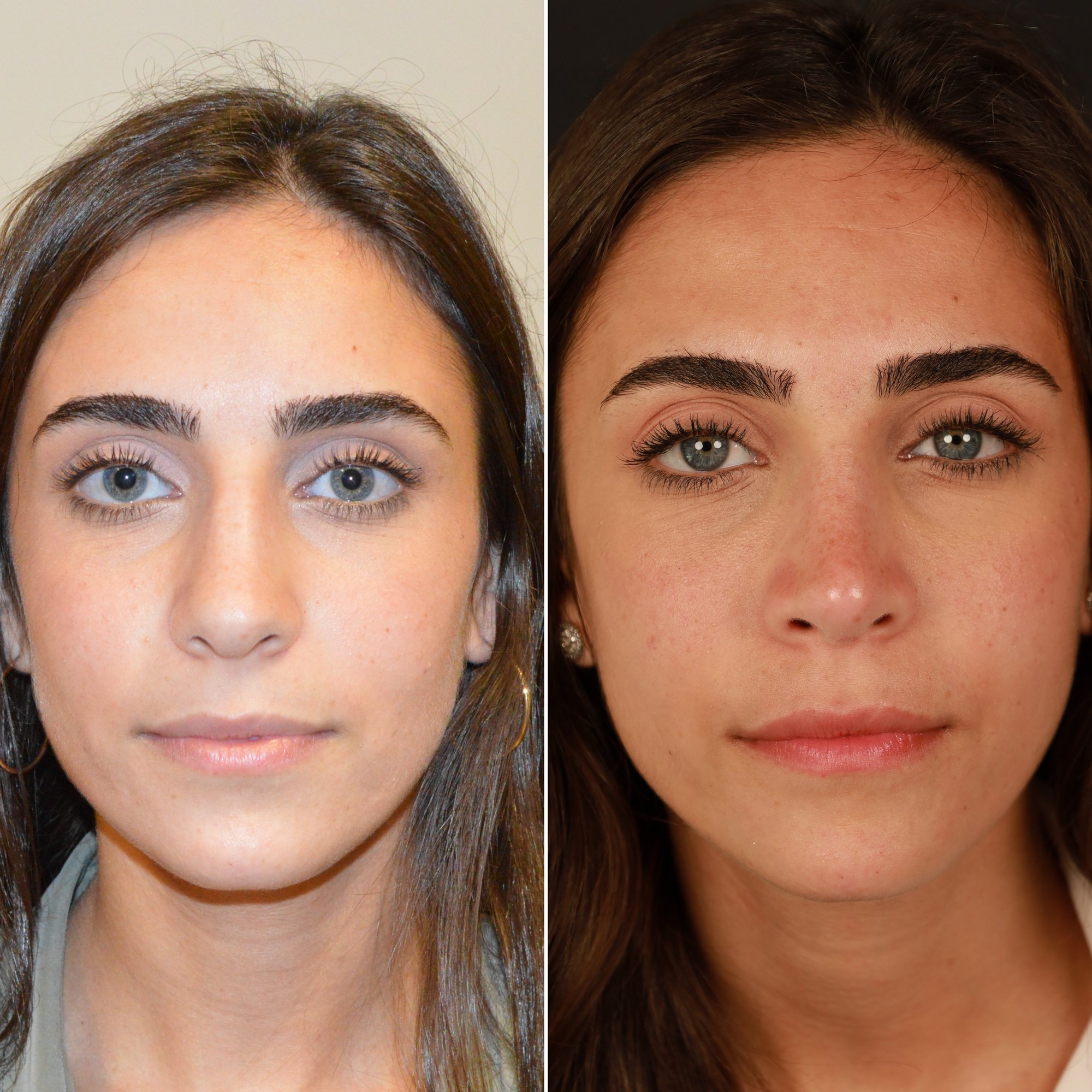
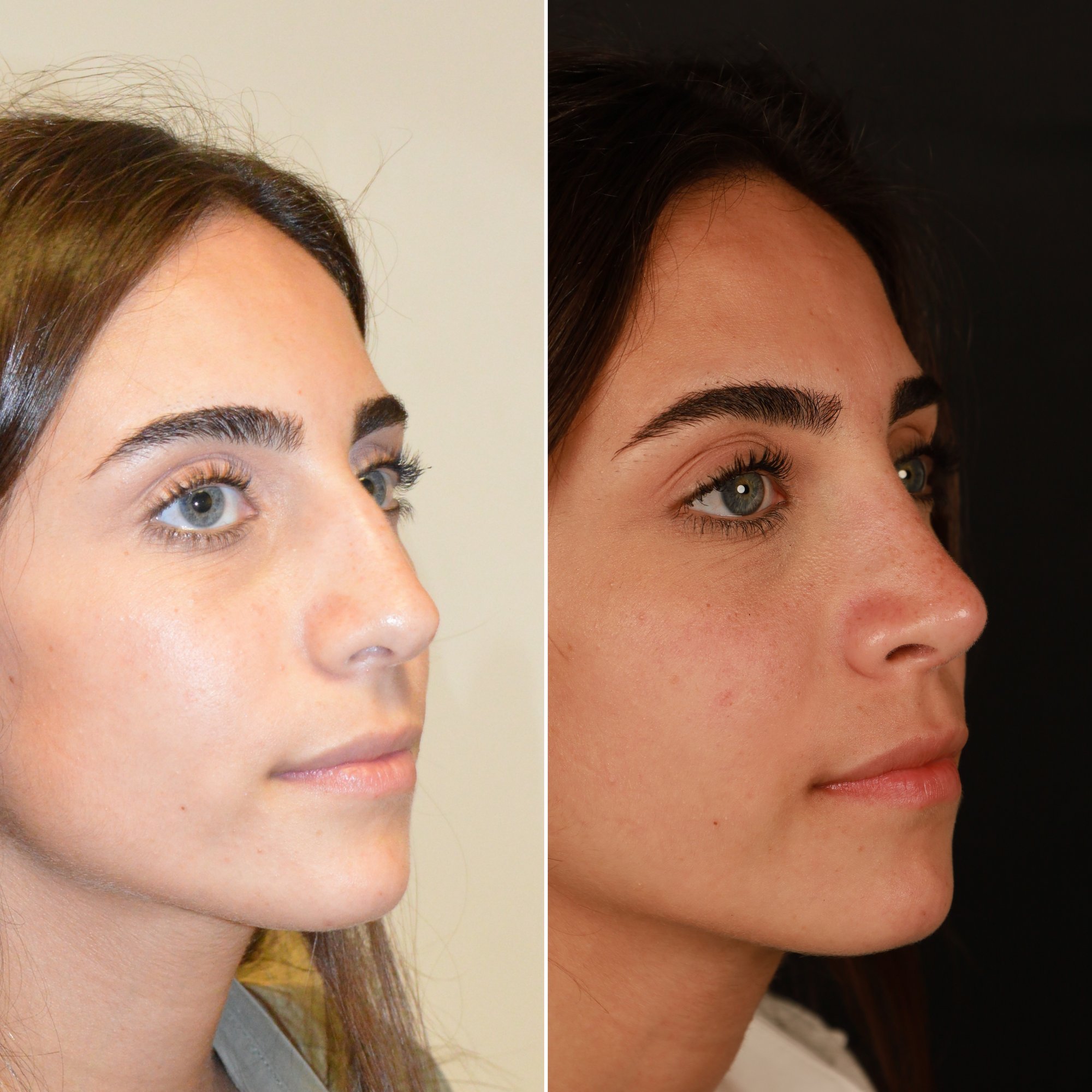
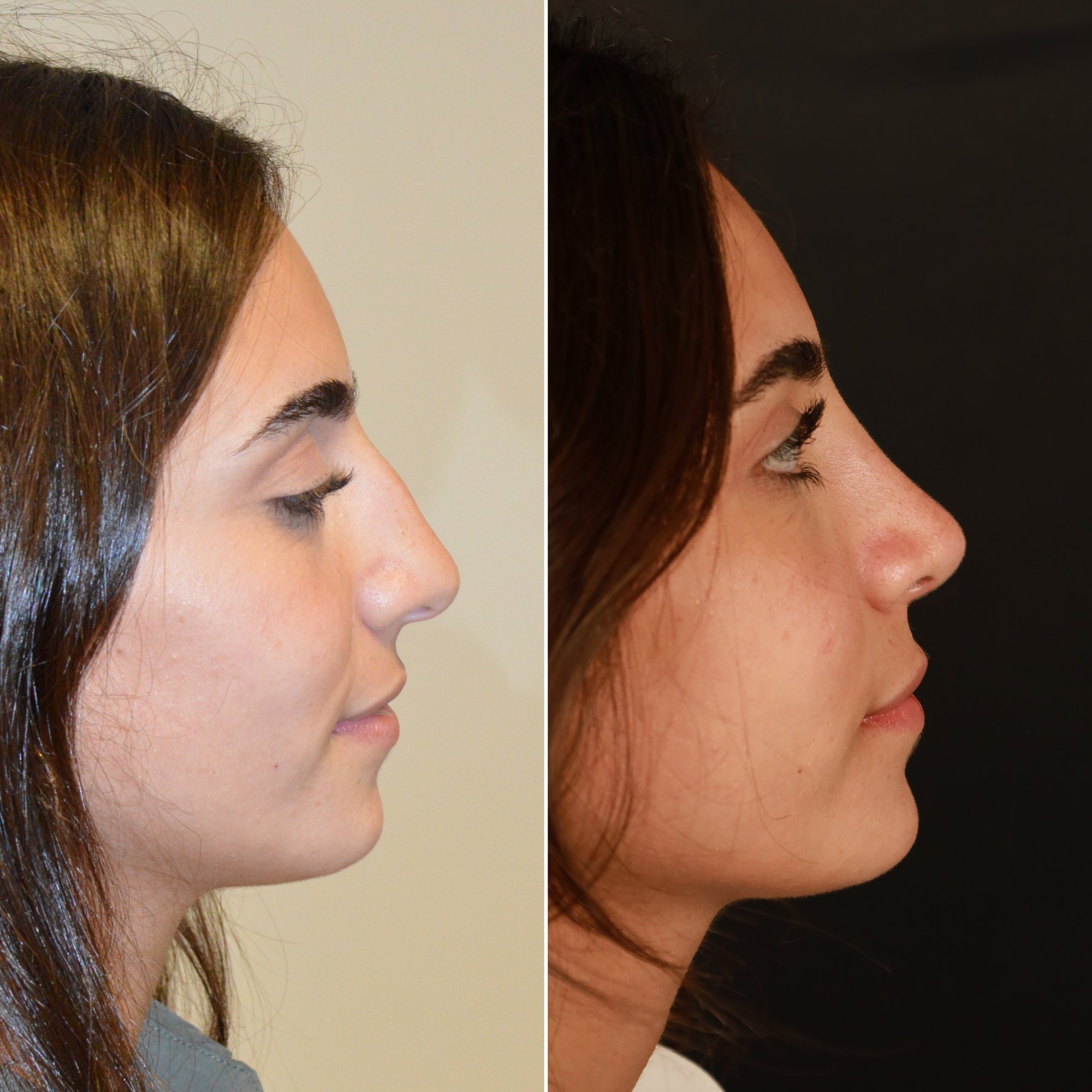
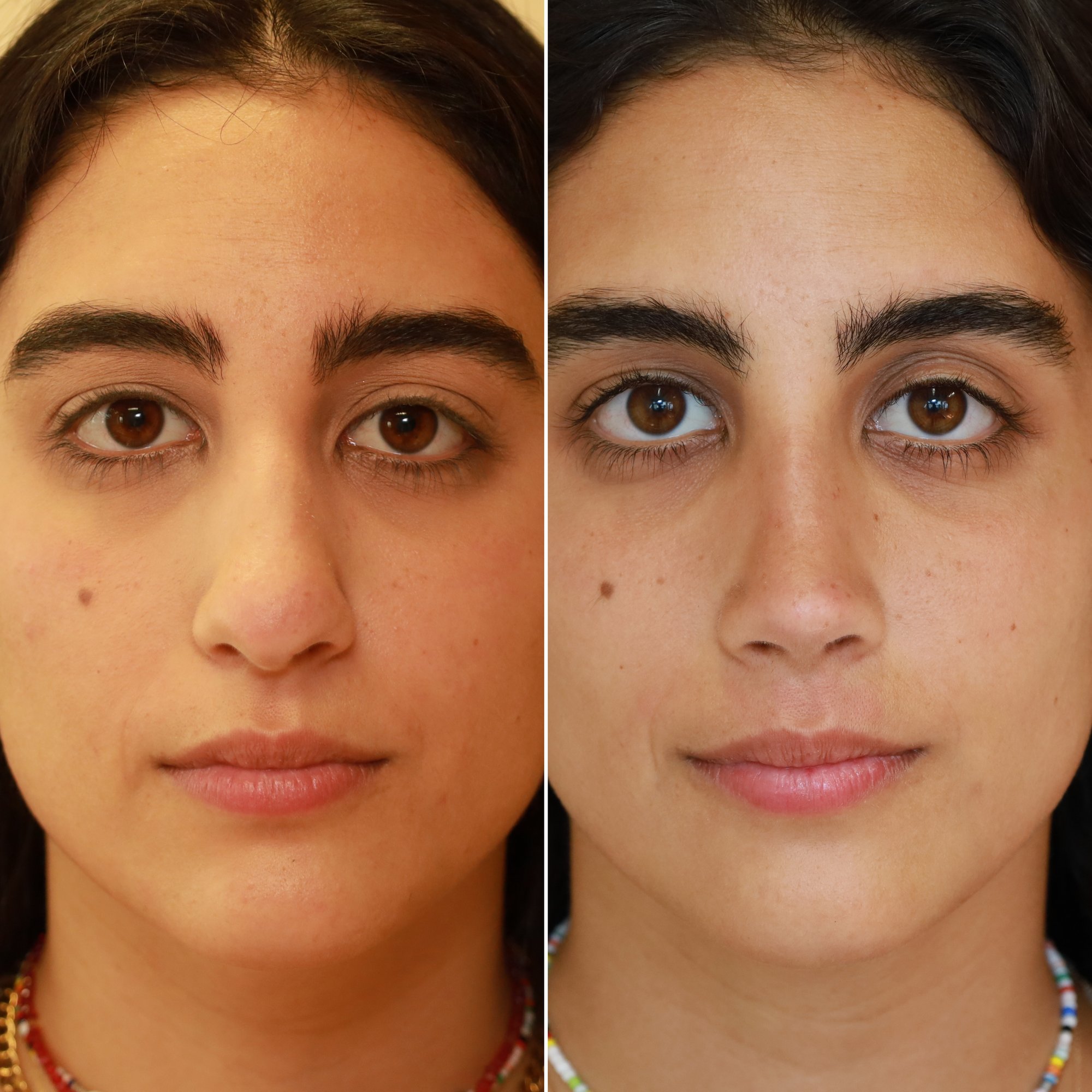
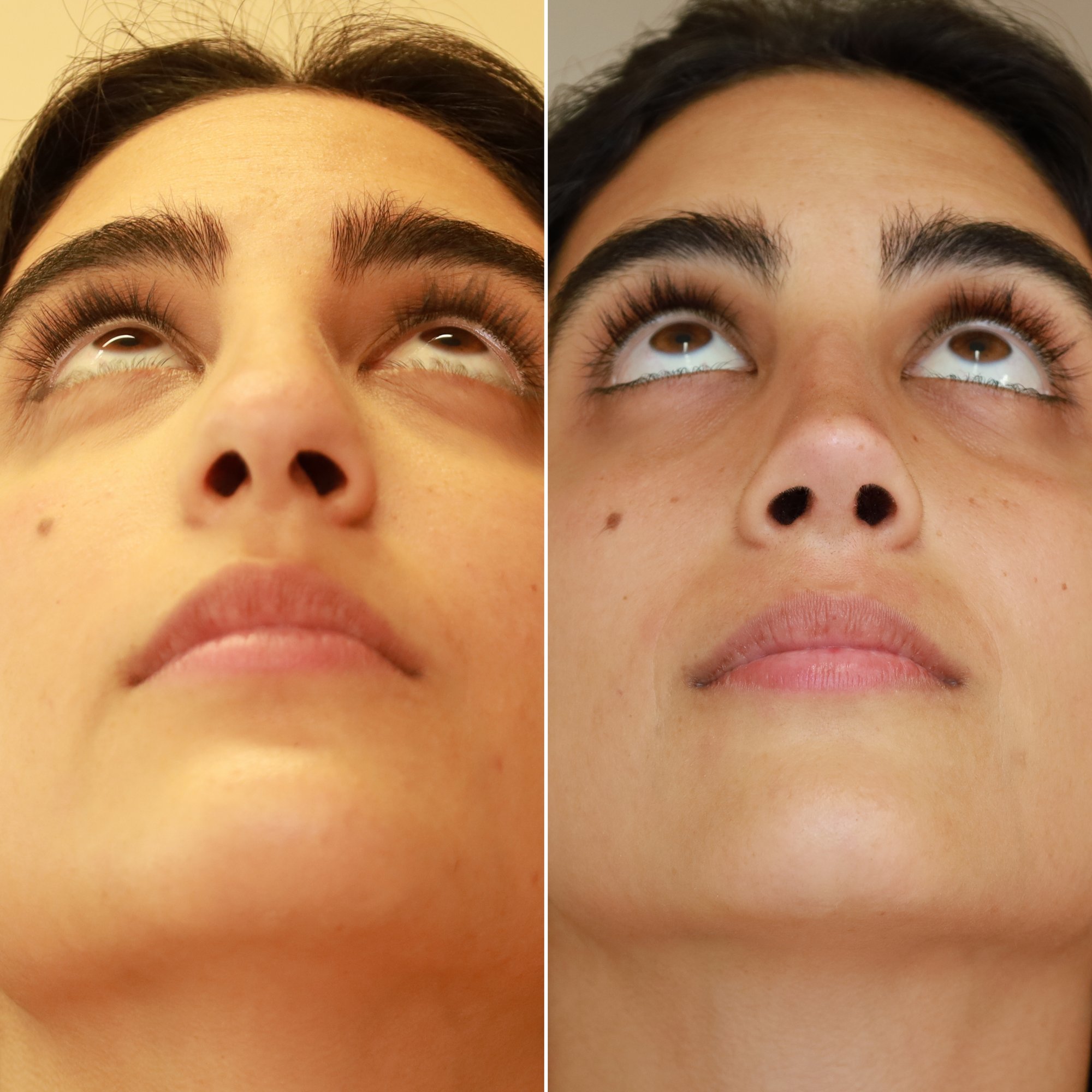
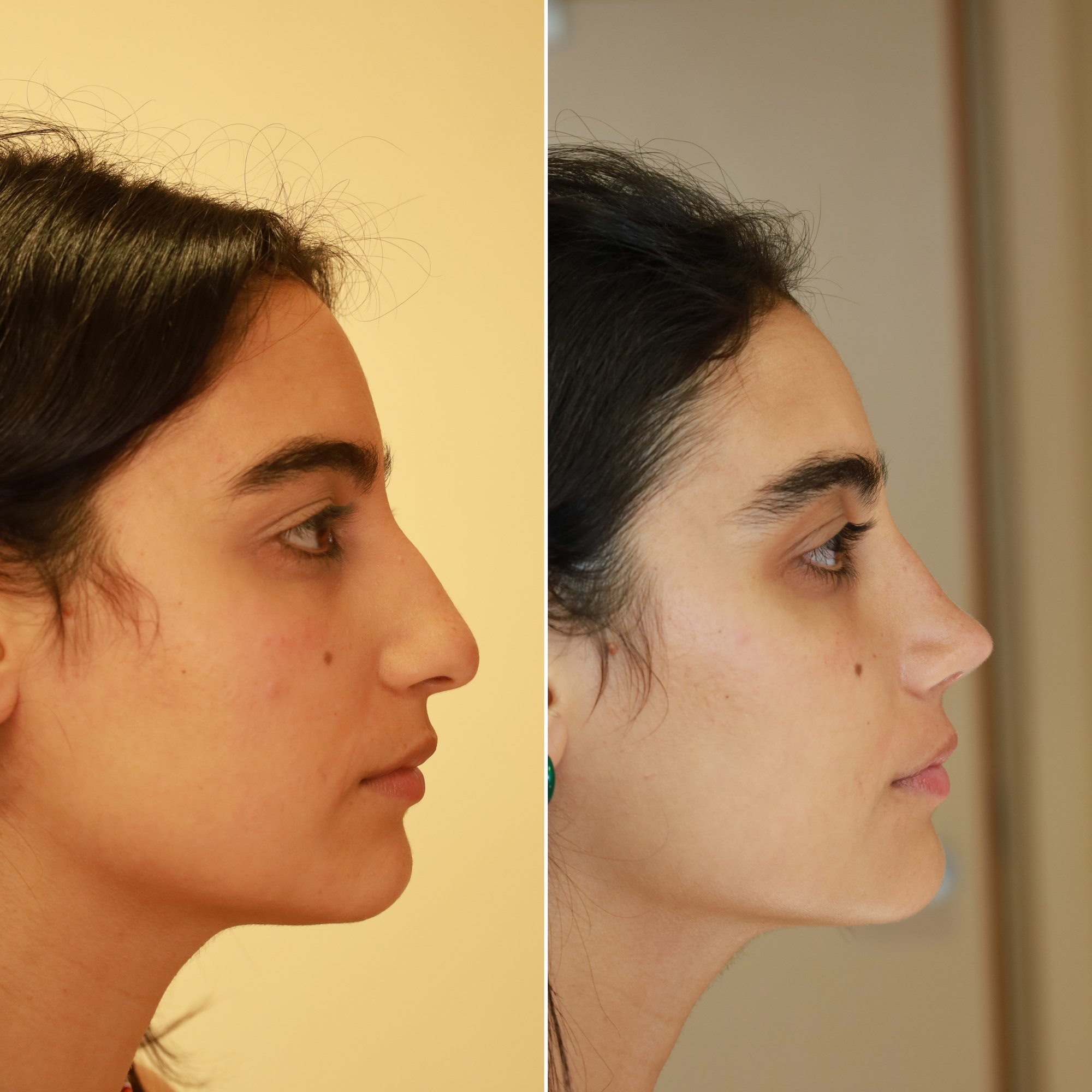
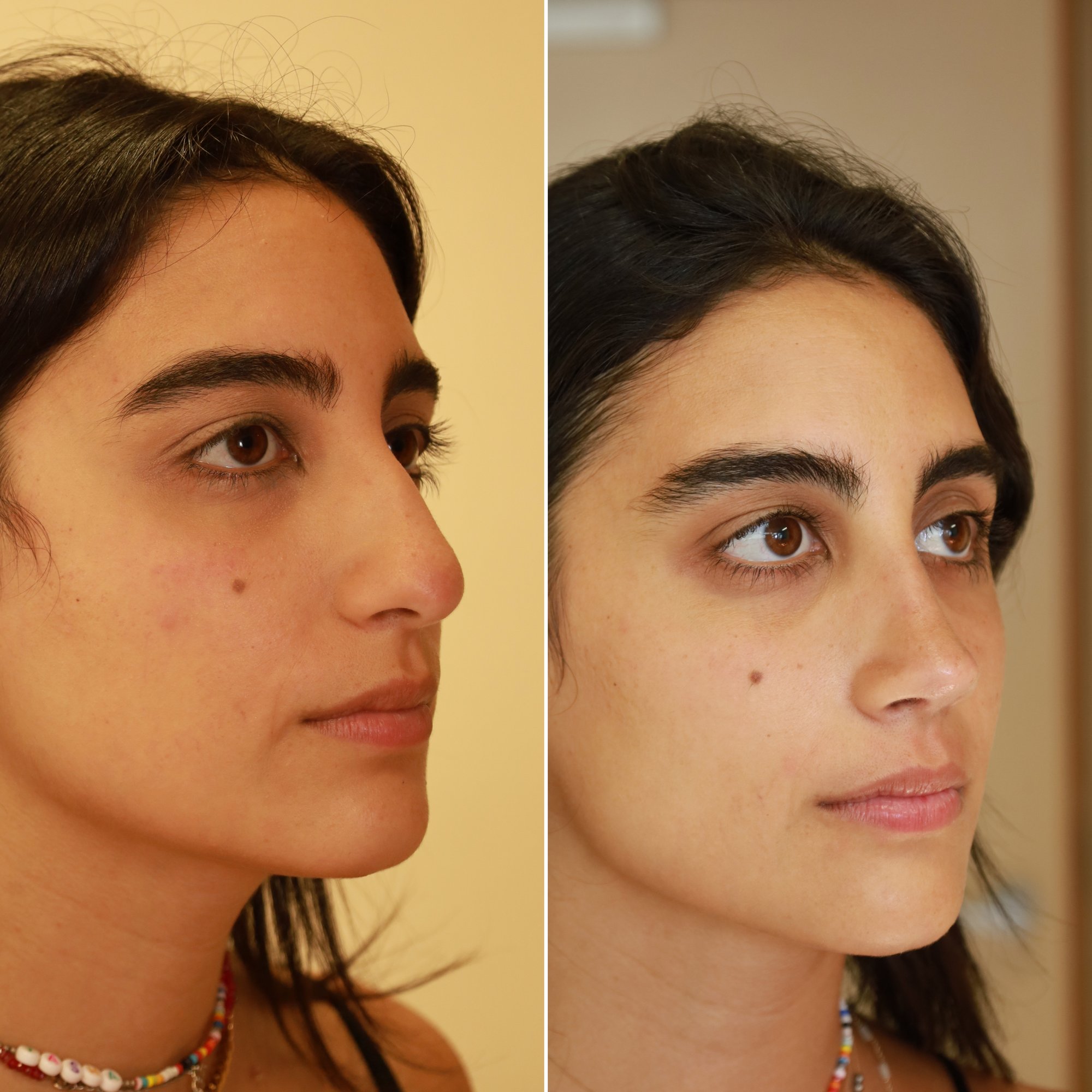
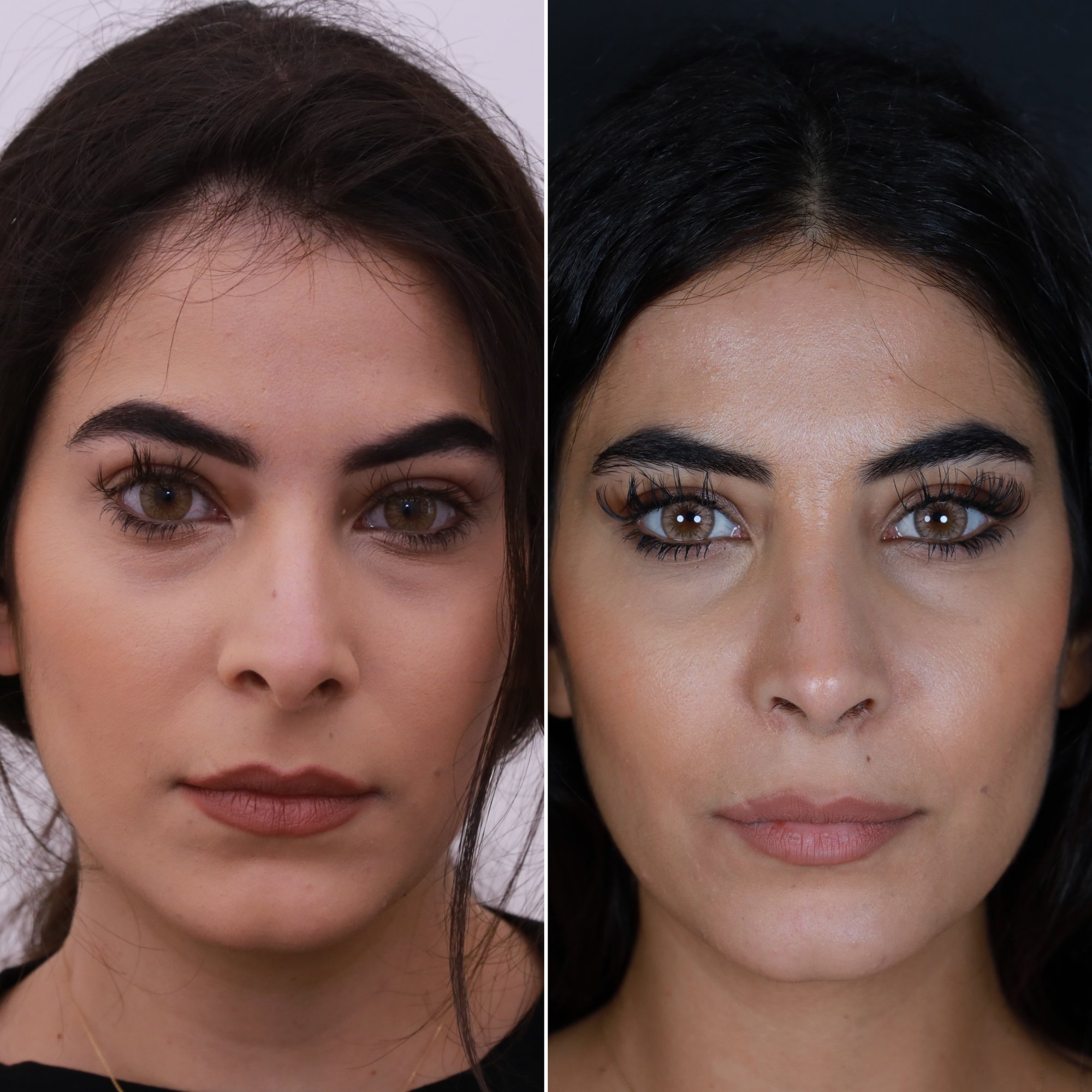
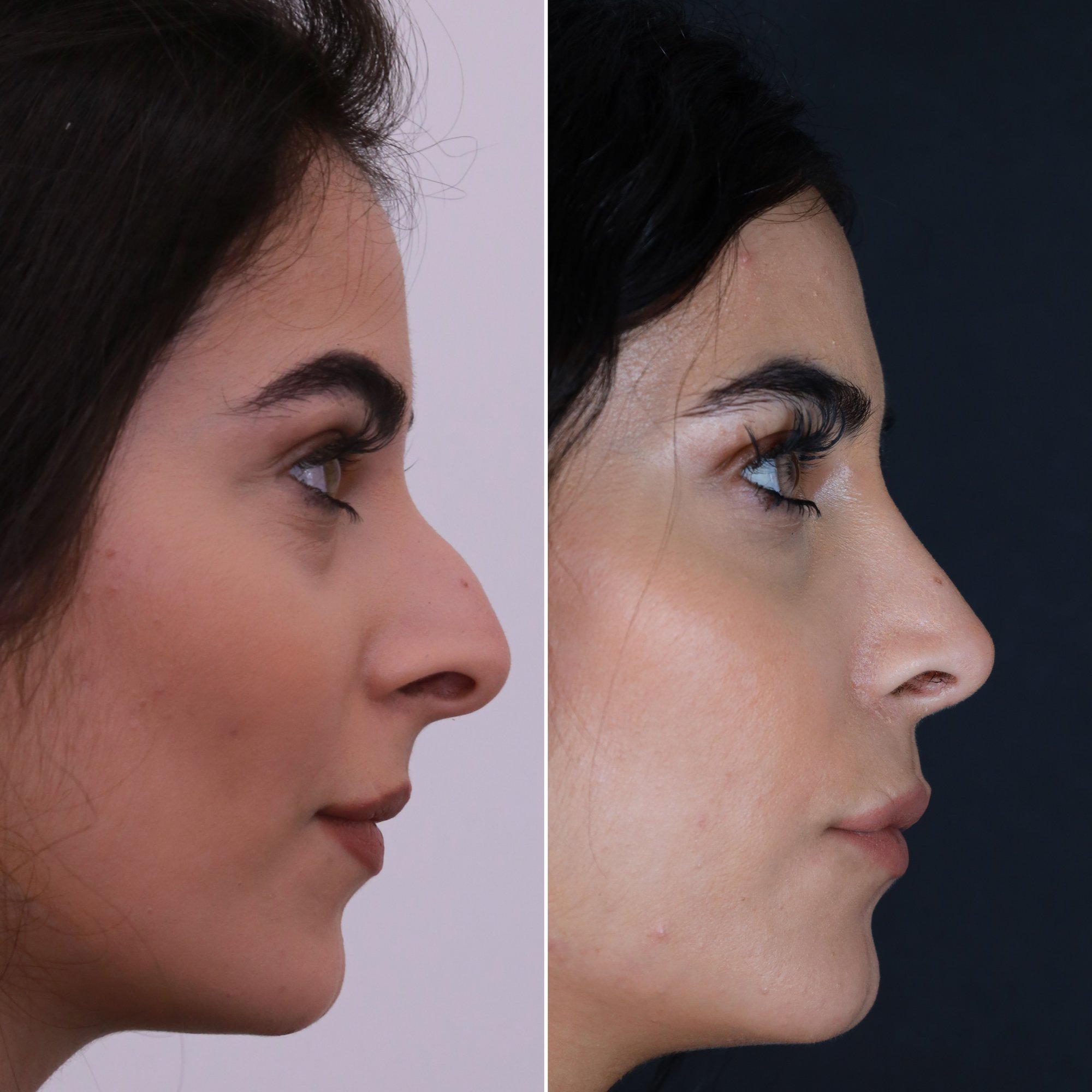
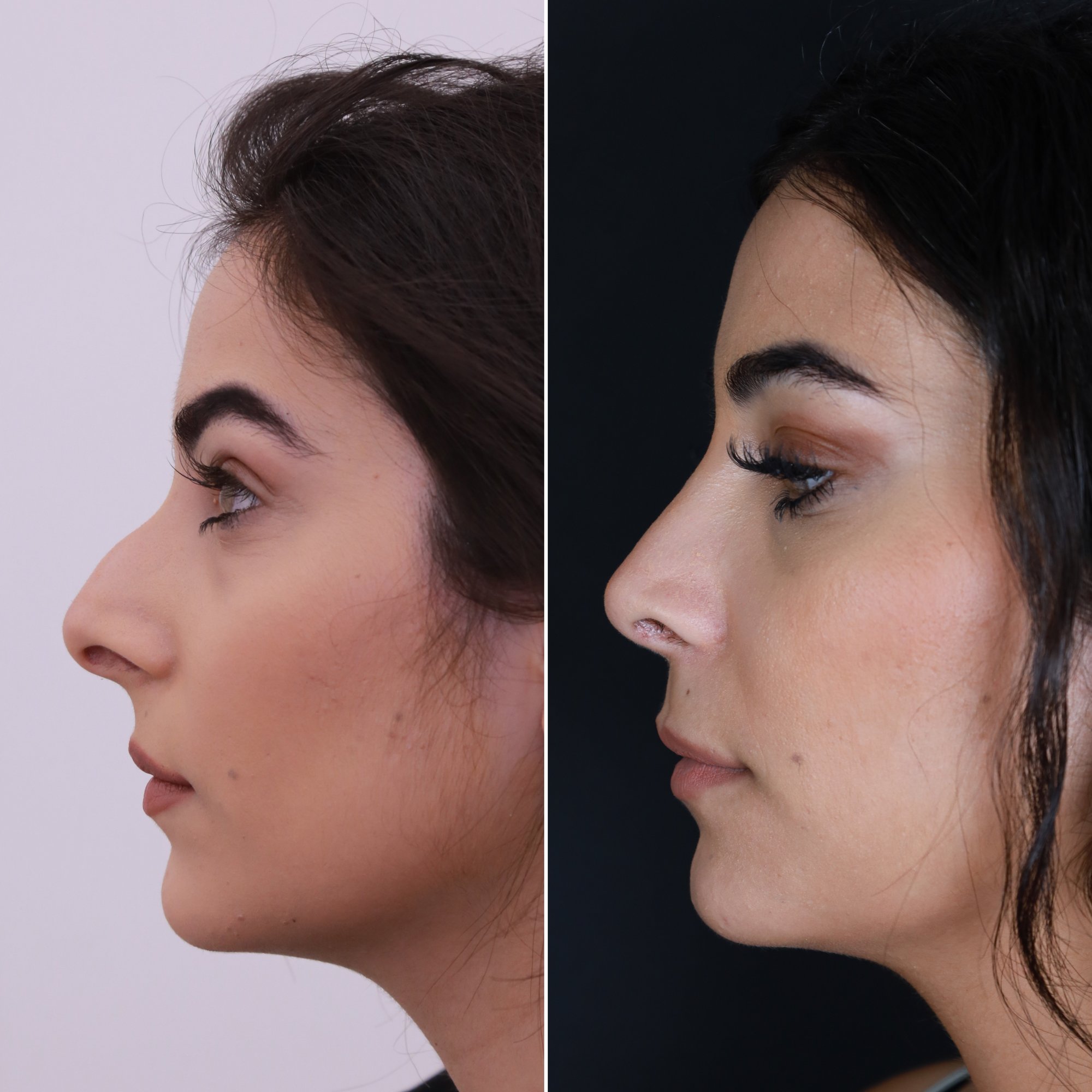
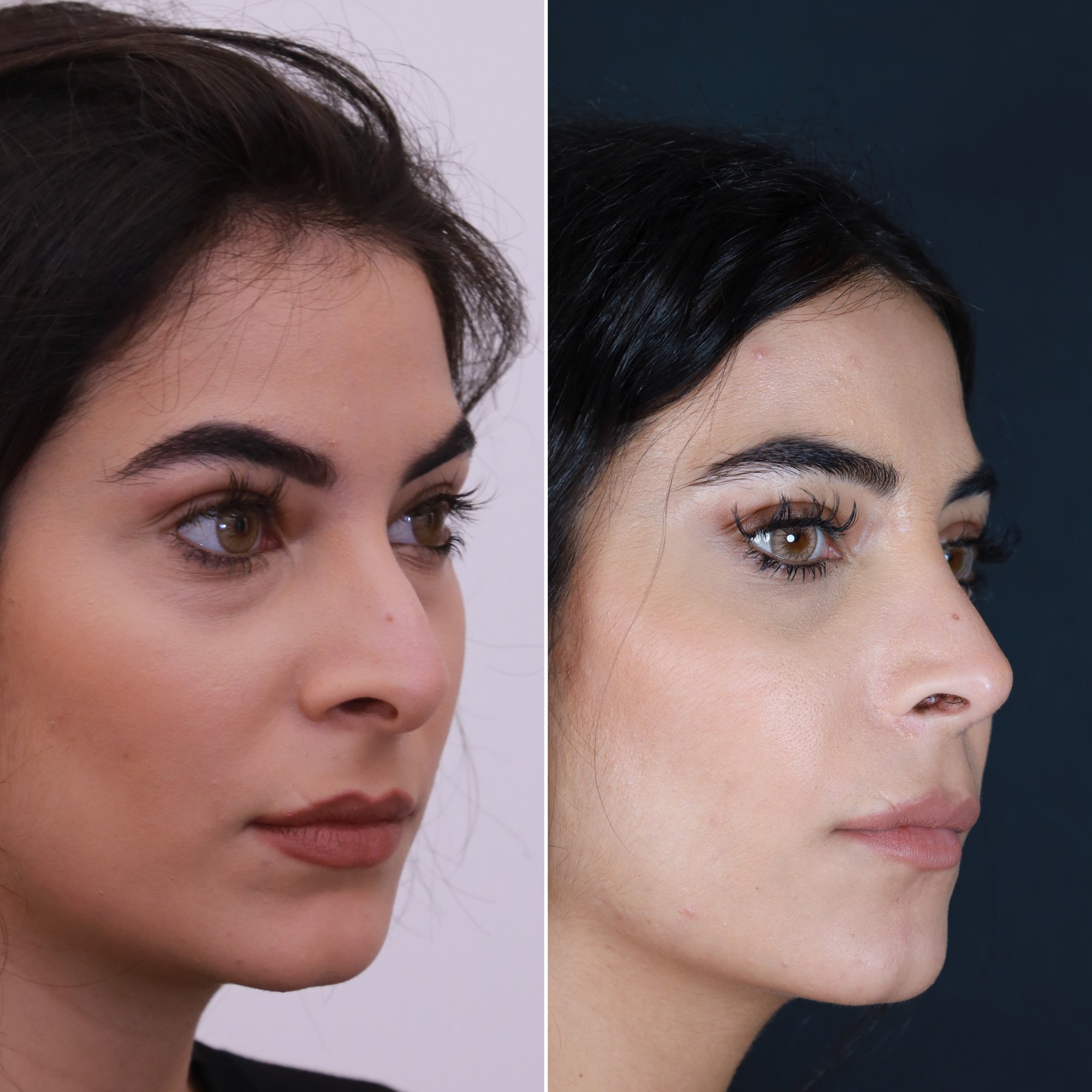
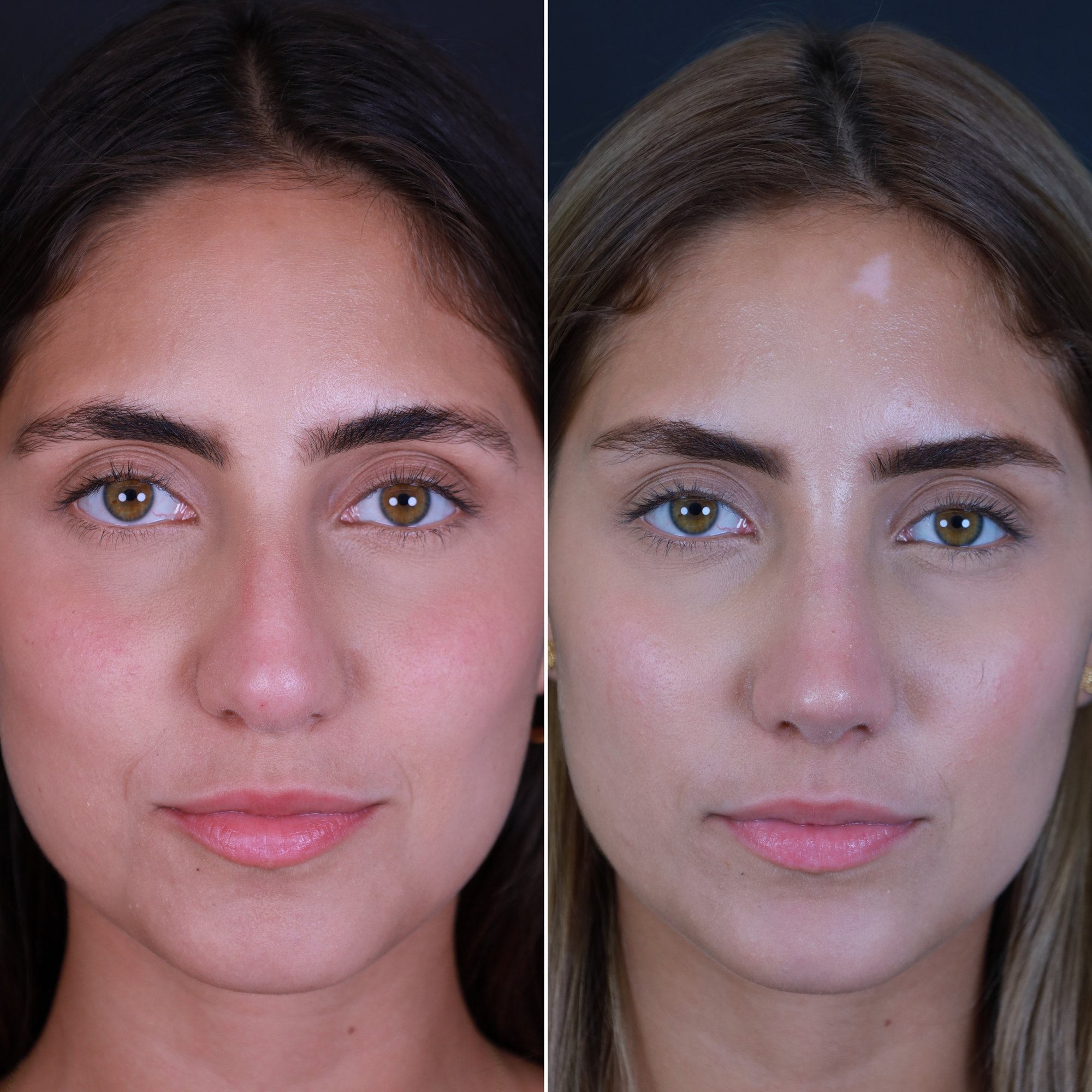
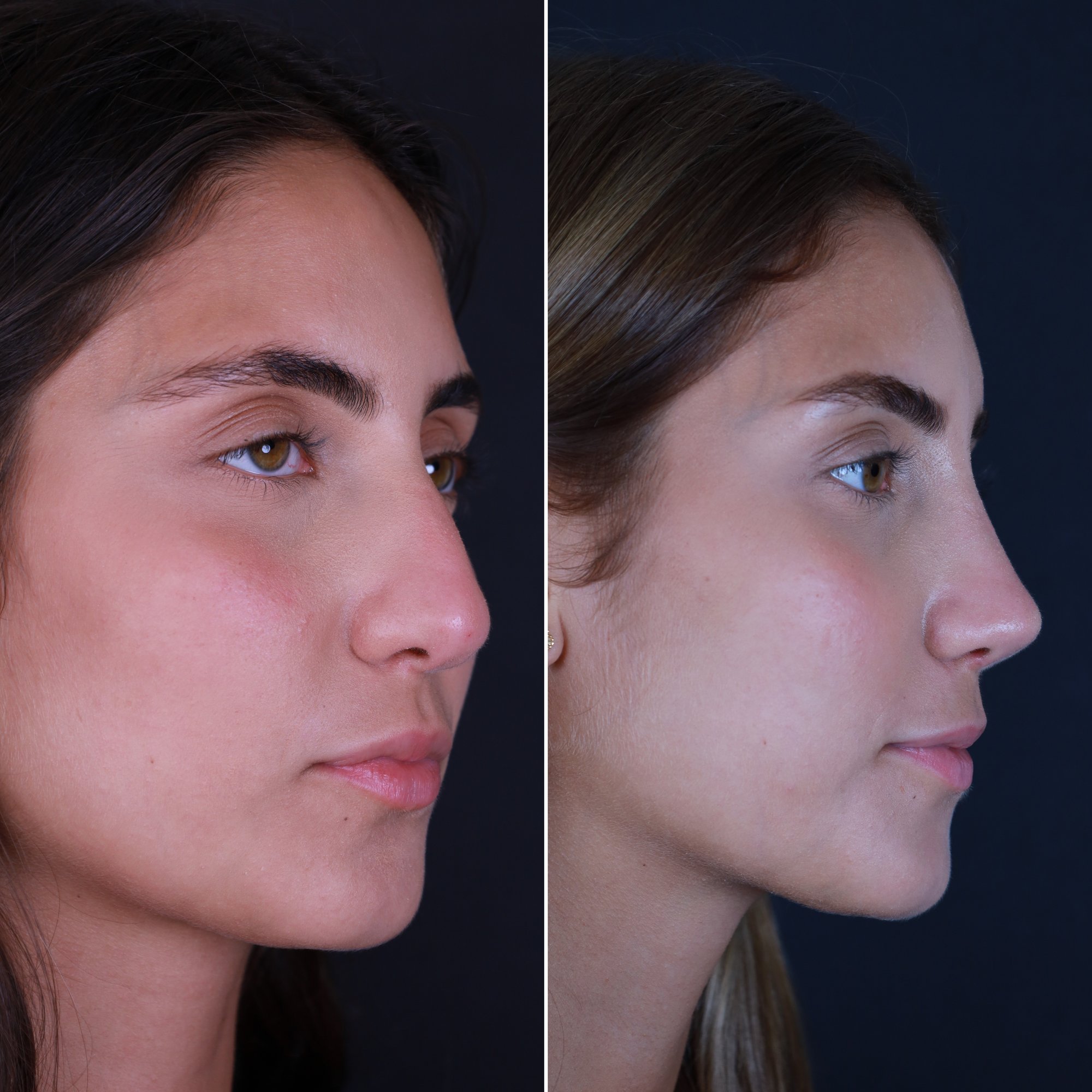
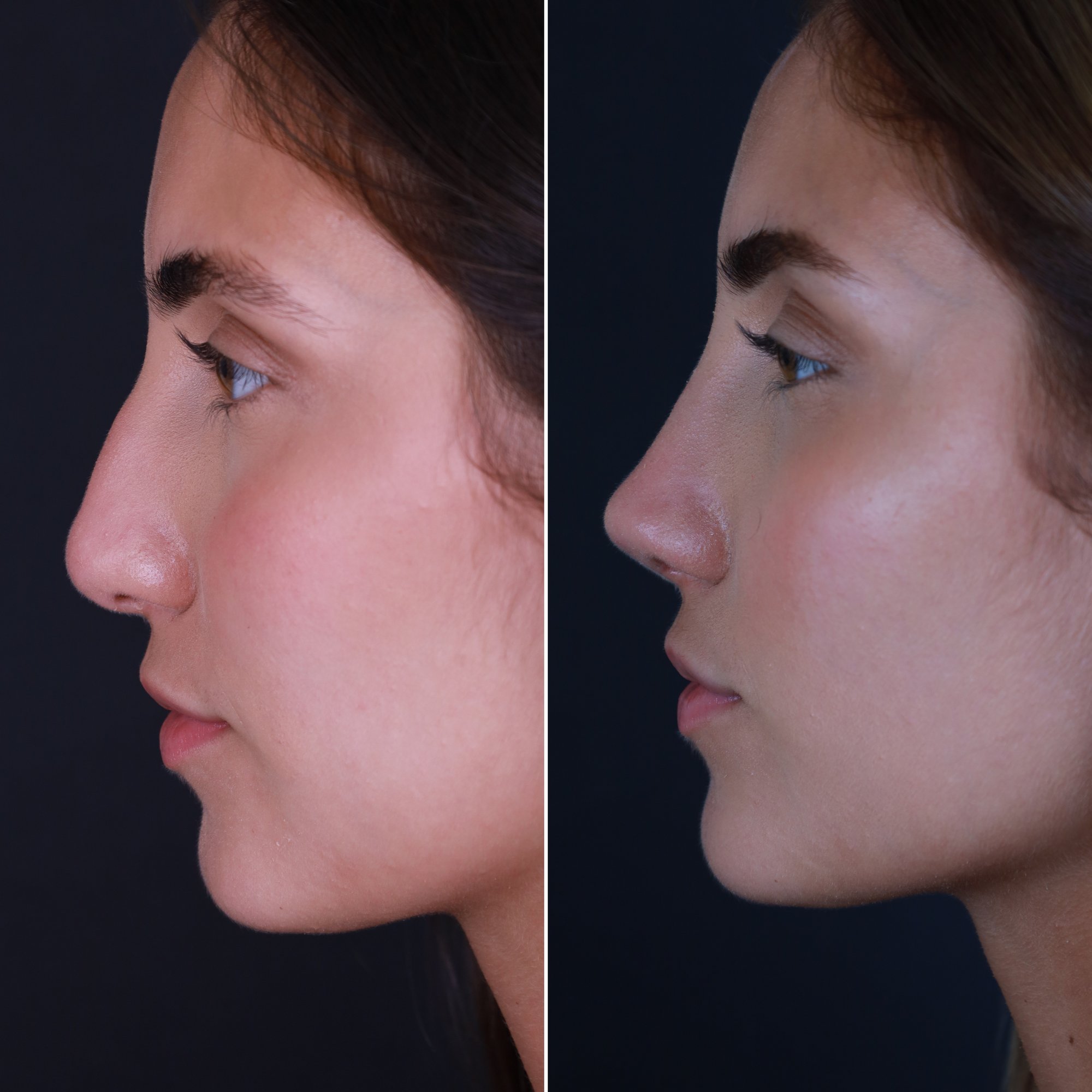
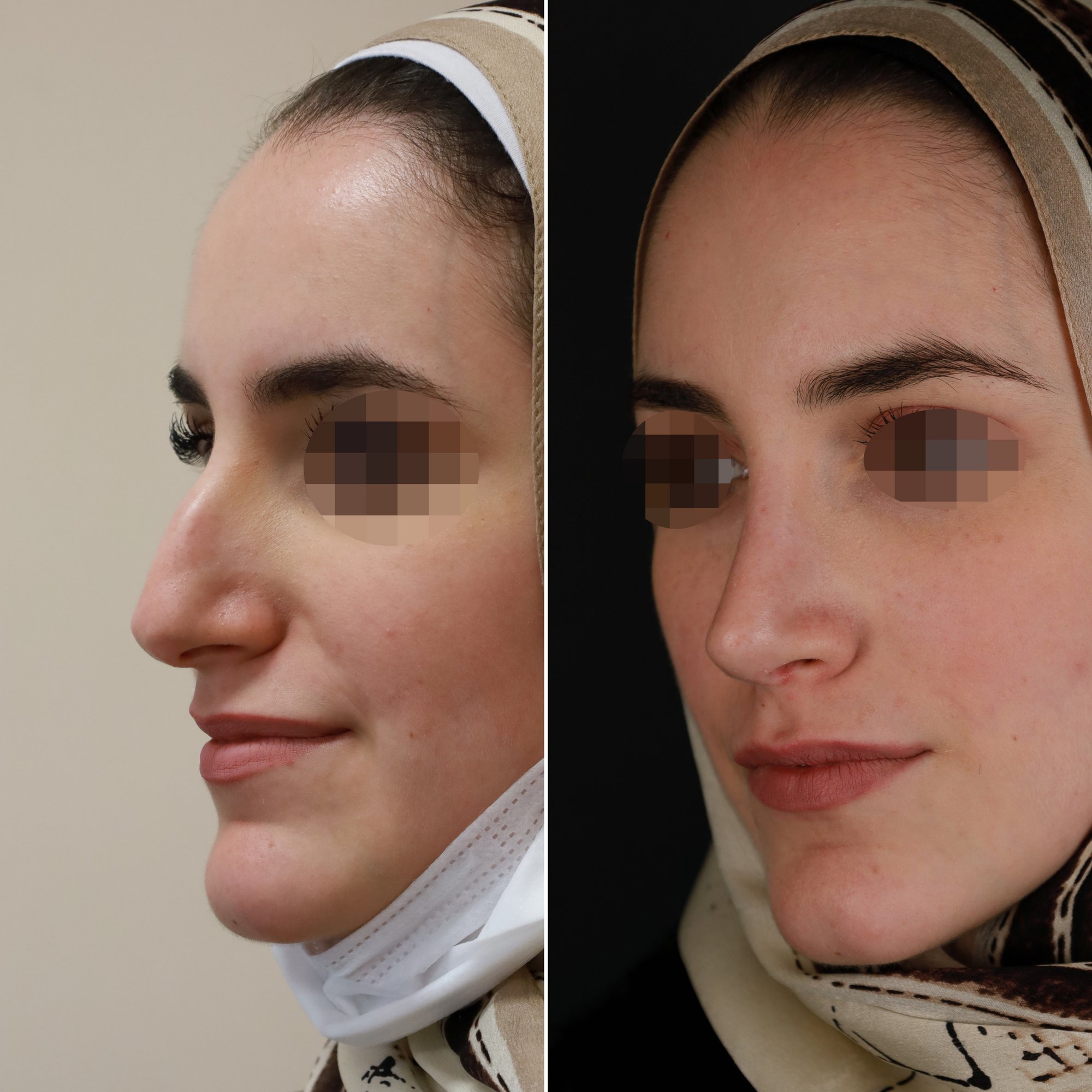
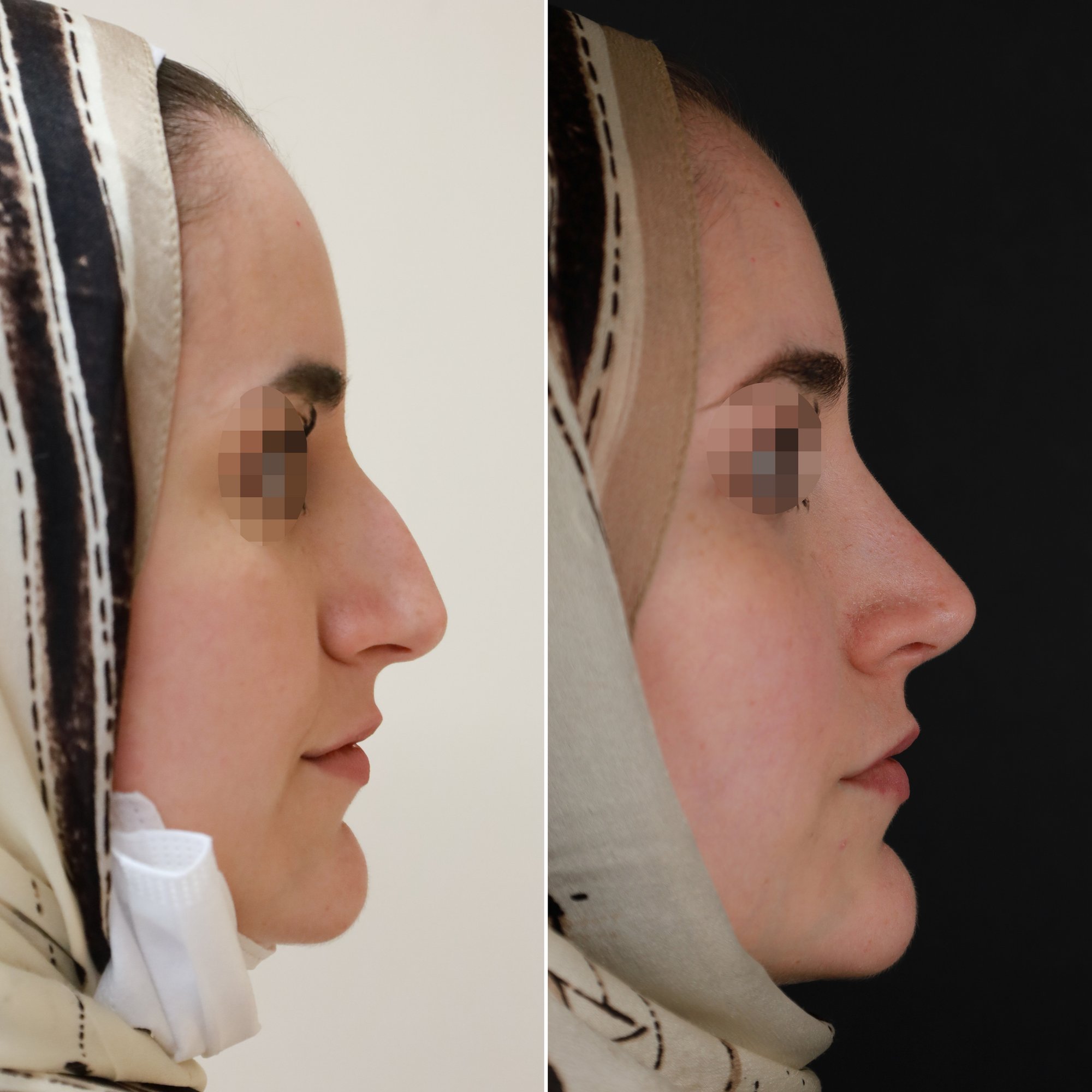
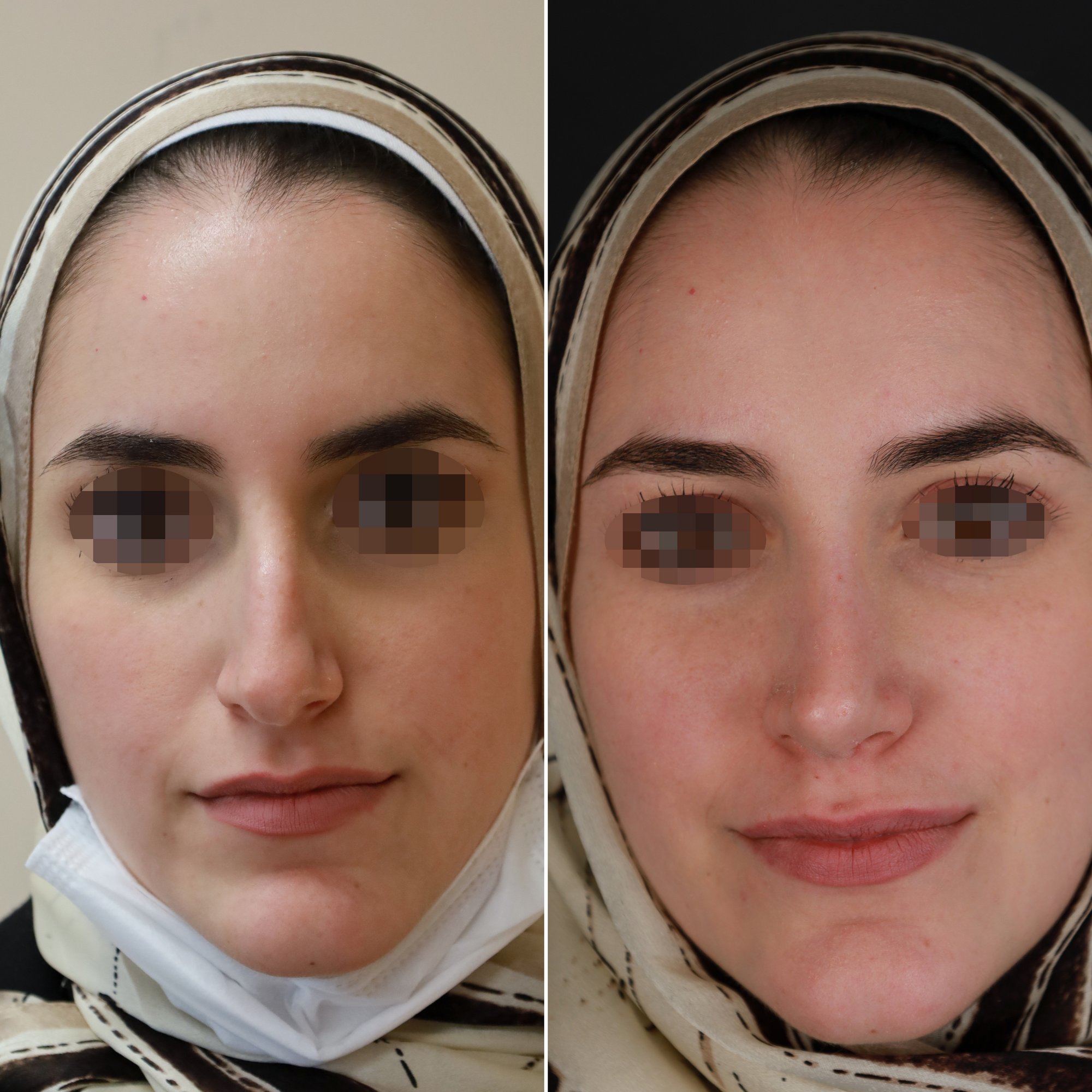
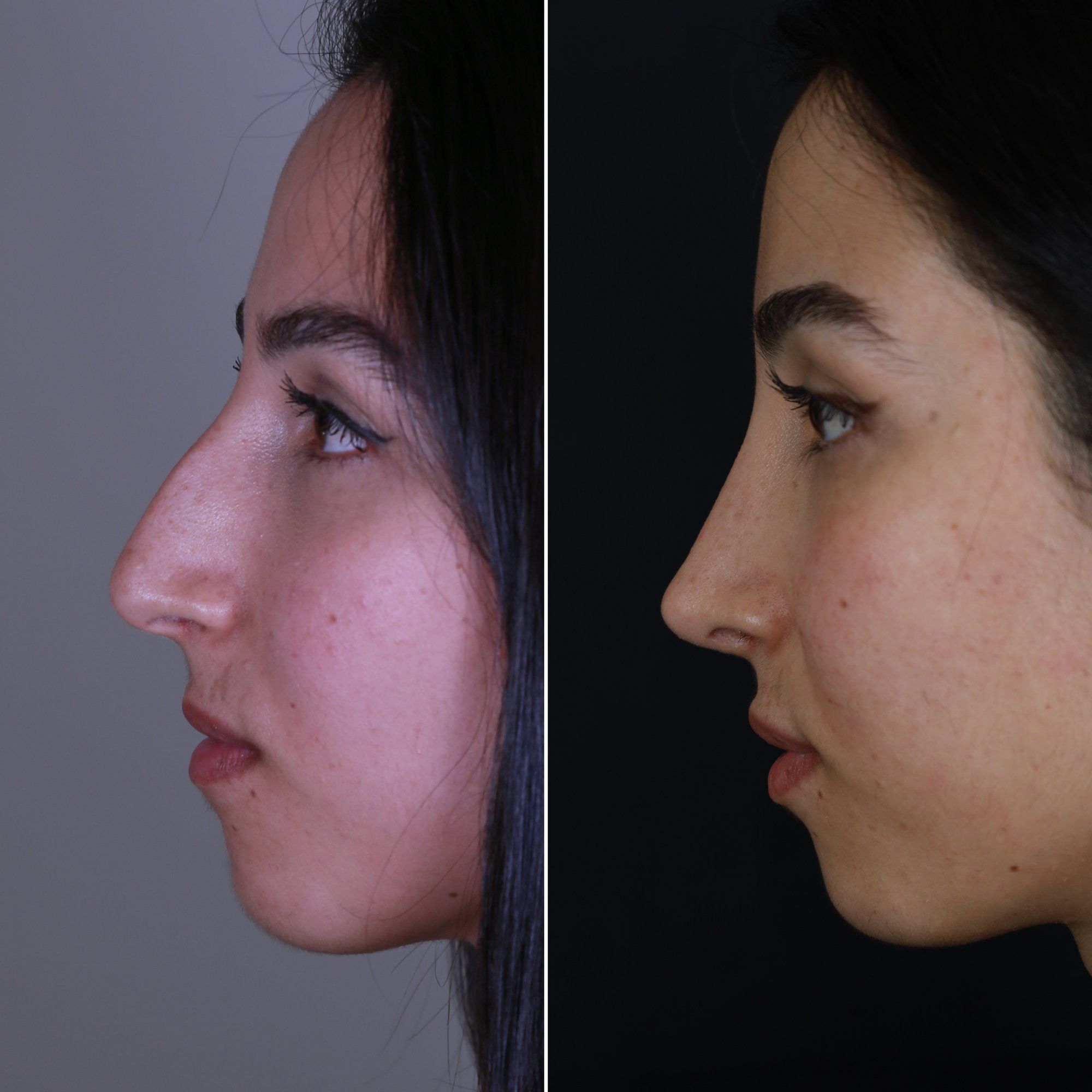
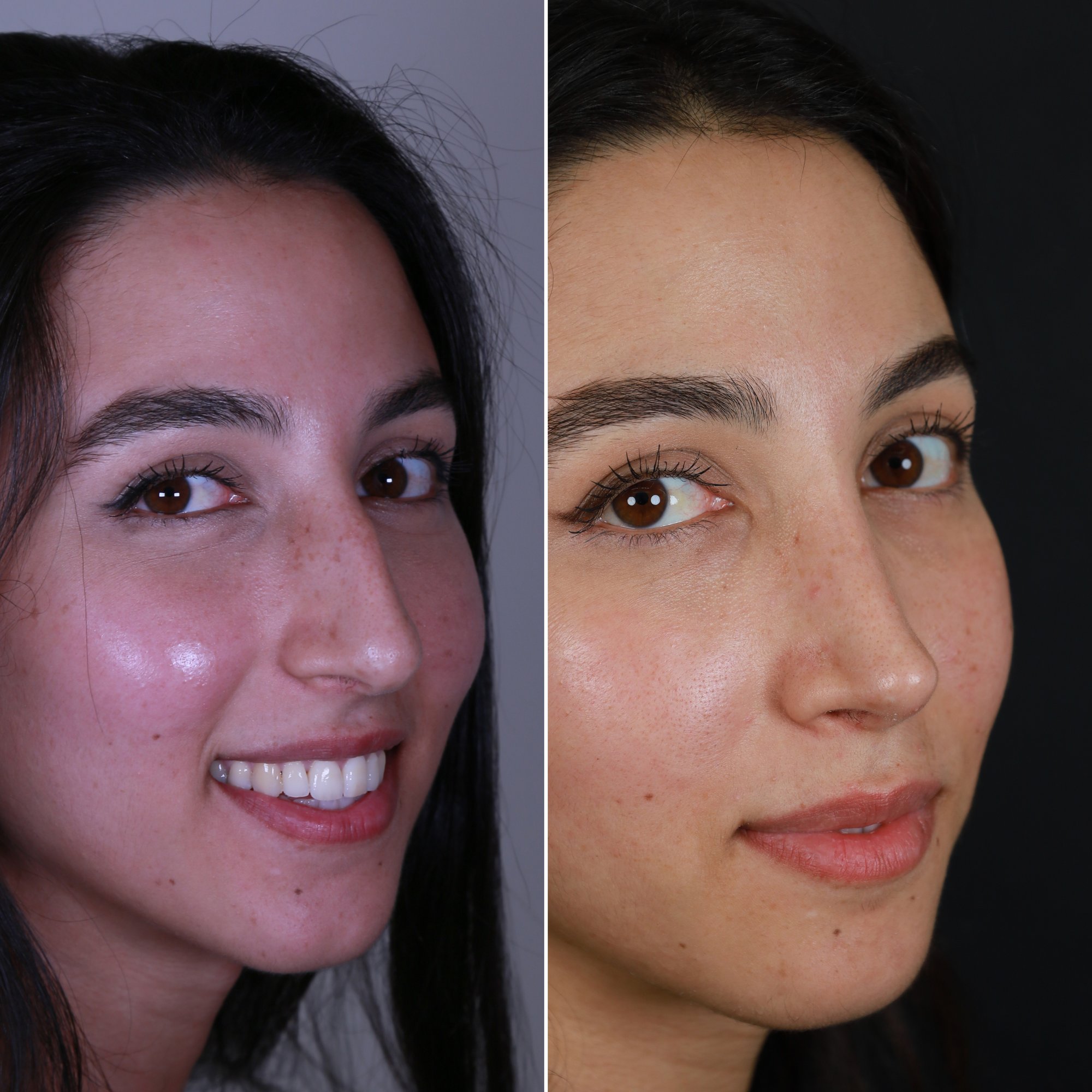
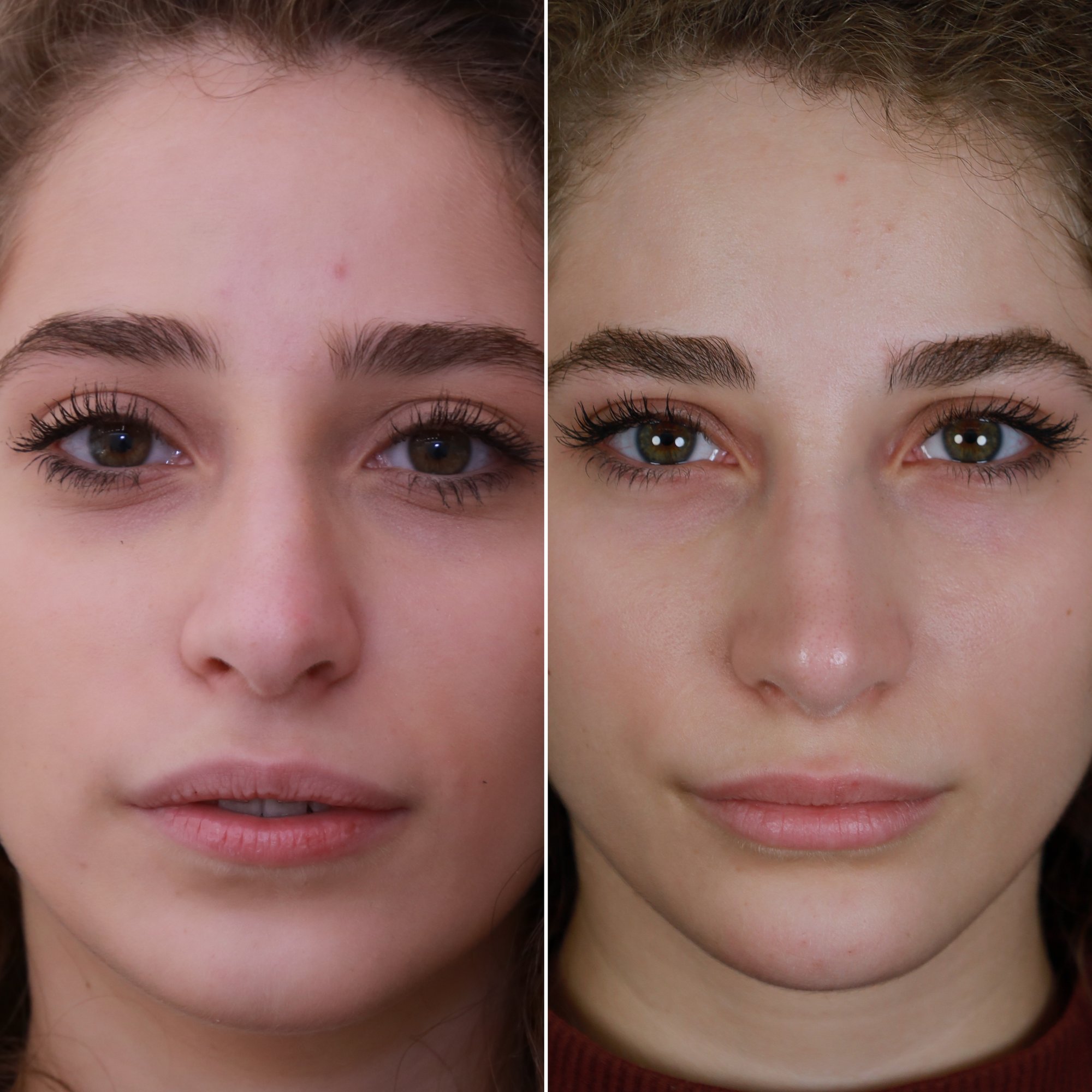
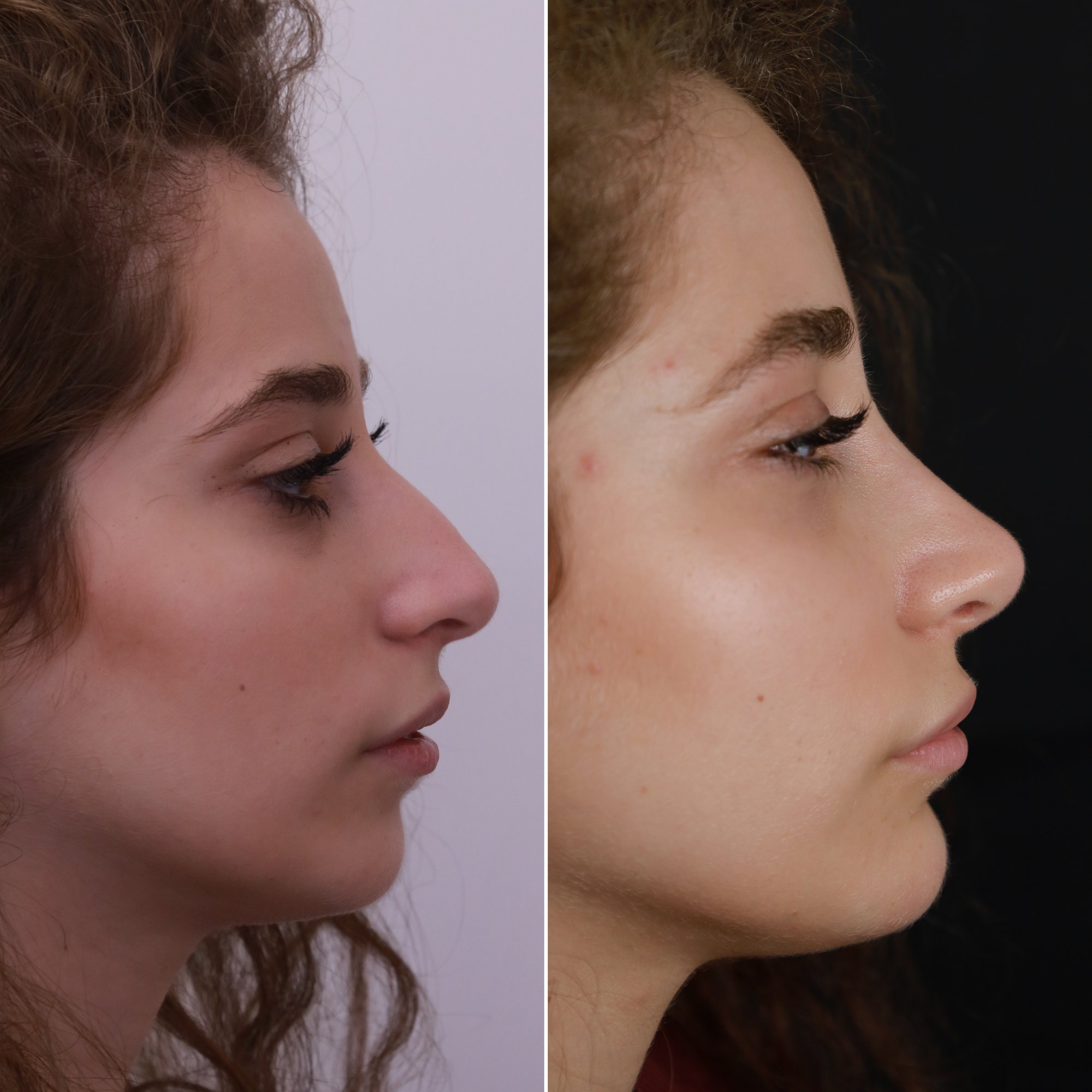
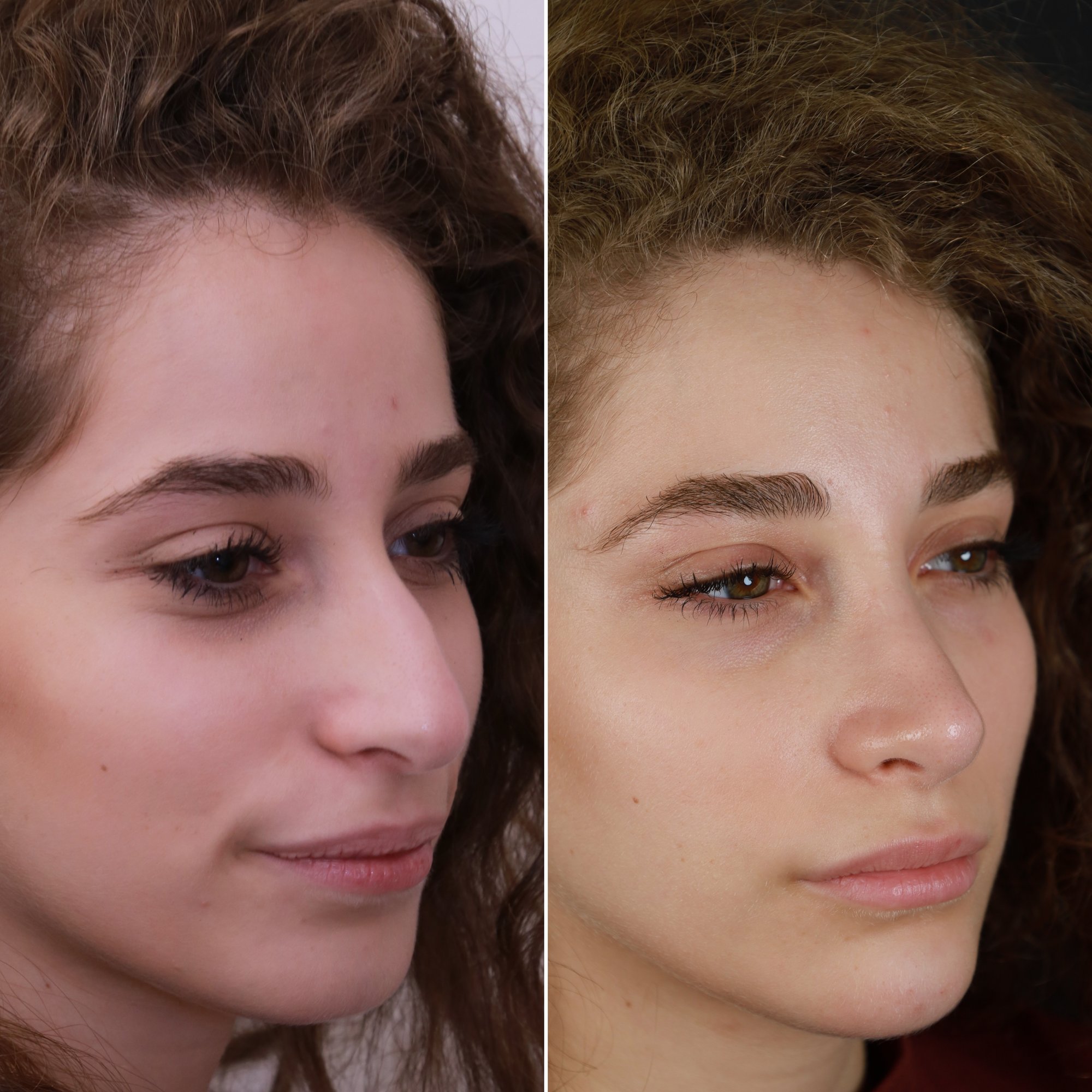
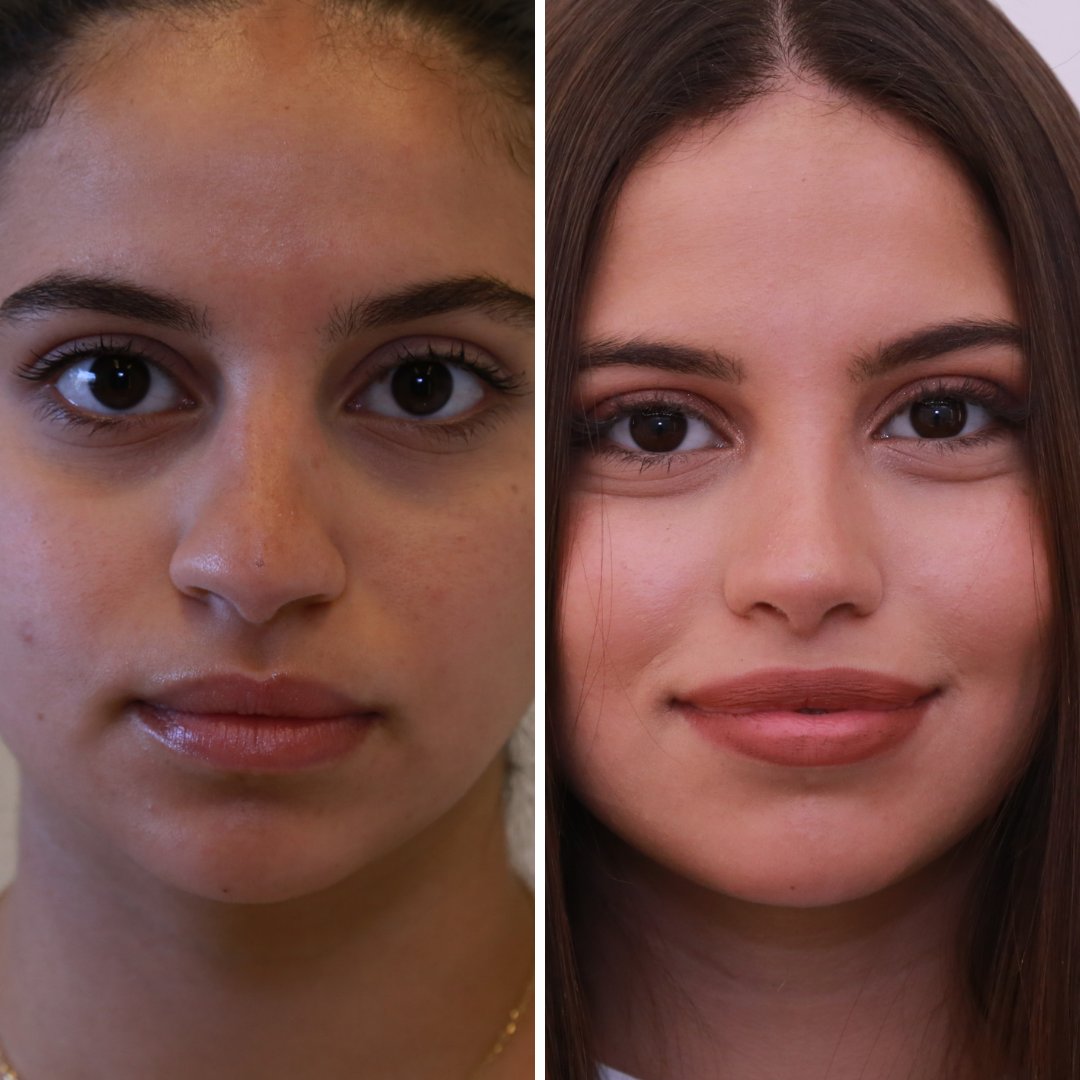

Copyright @ drsamerbassilios.com All Rights Reserved
Website by: iDoWeb.me